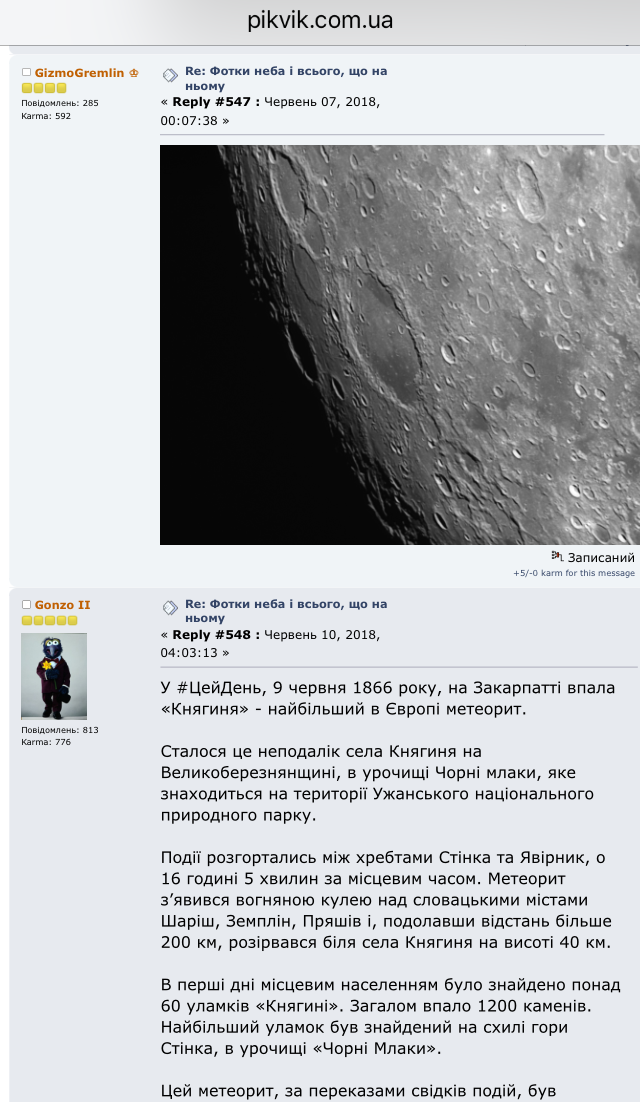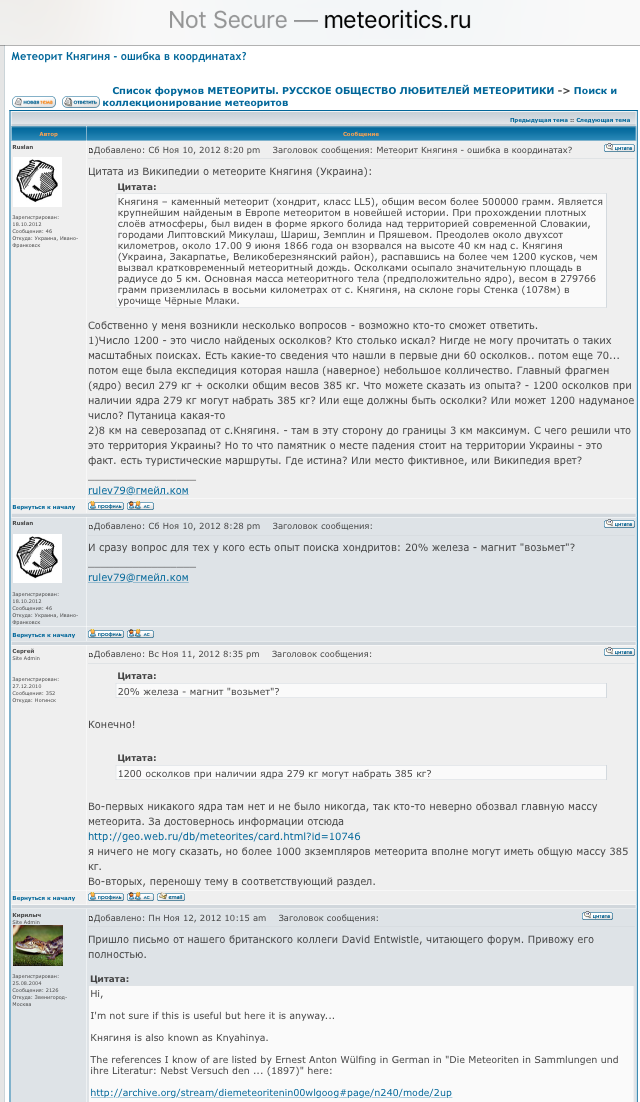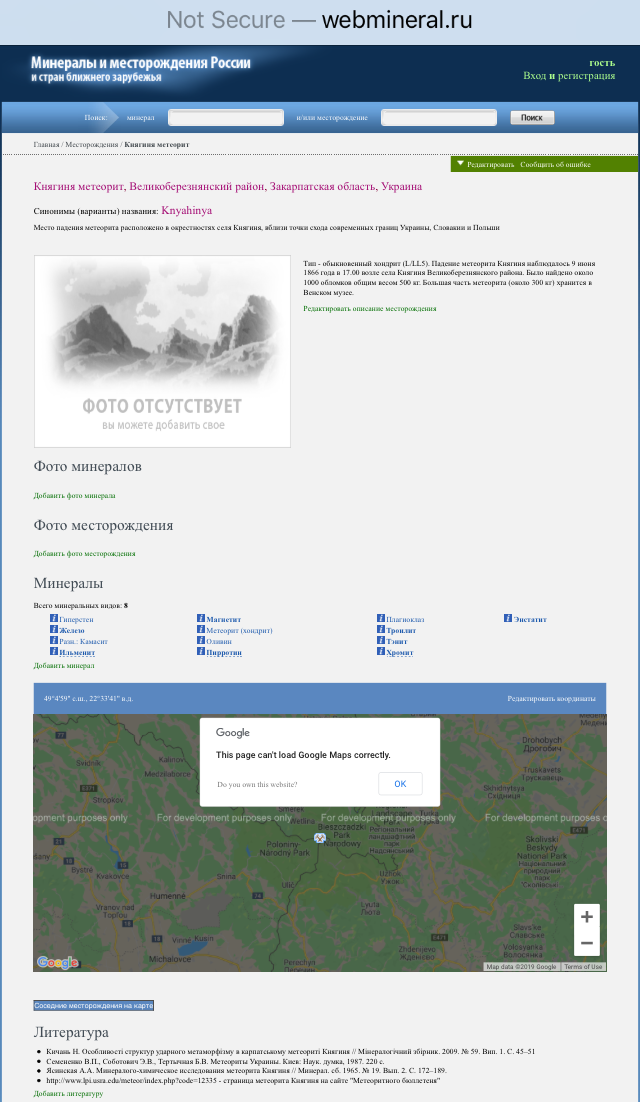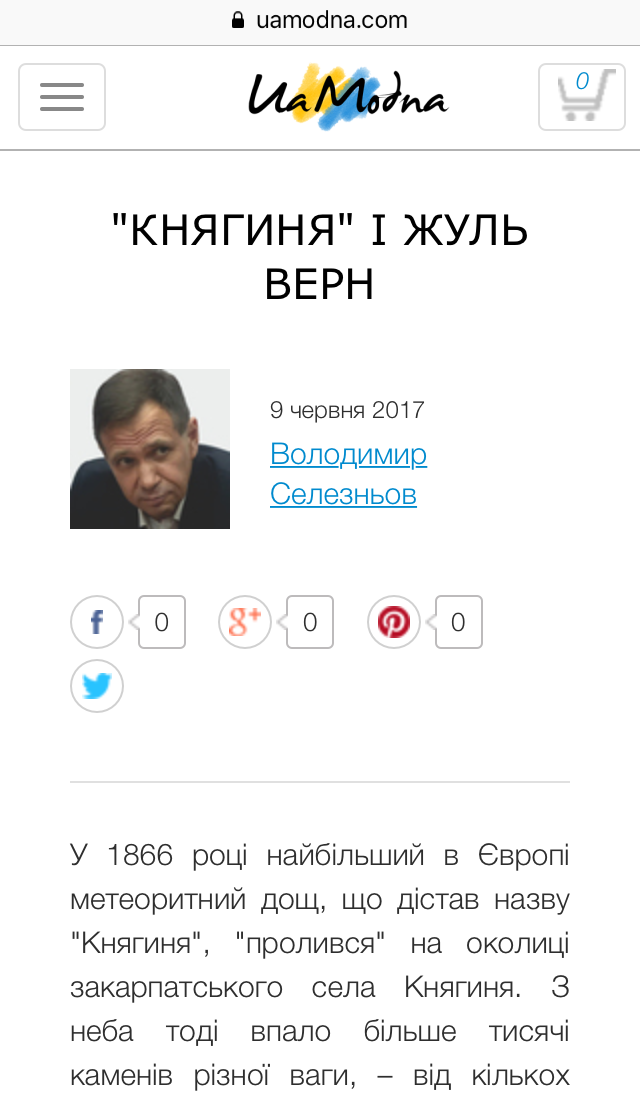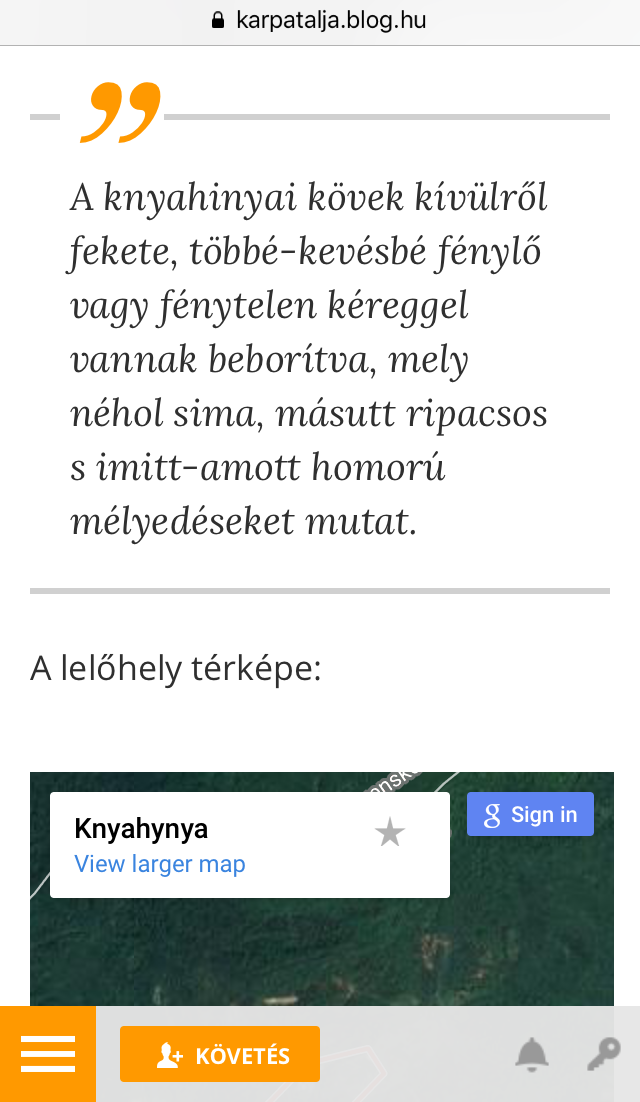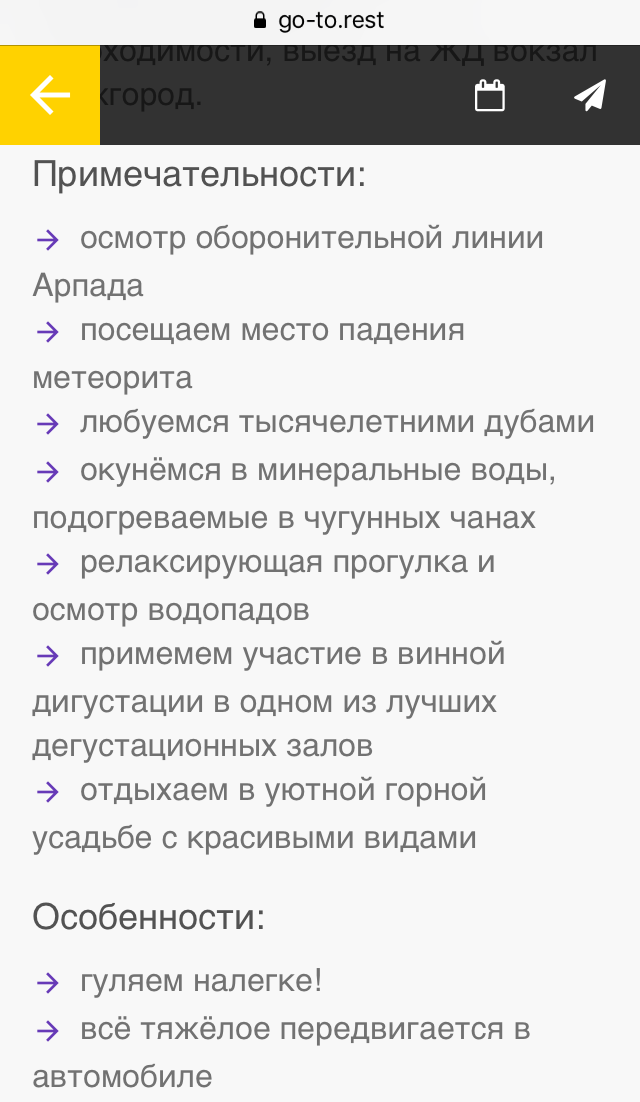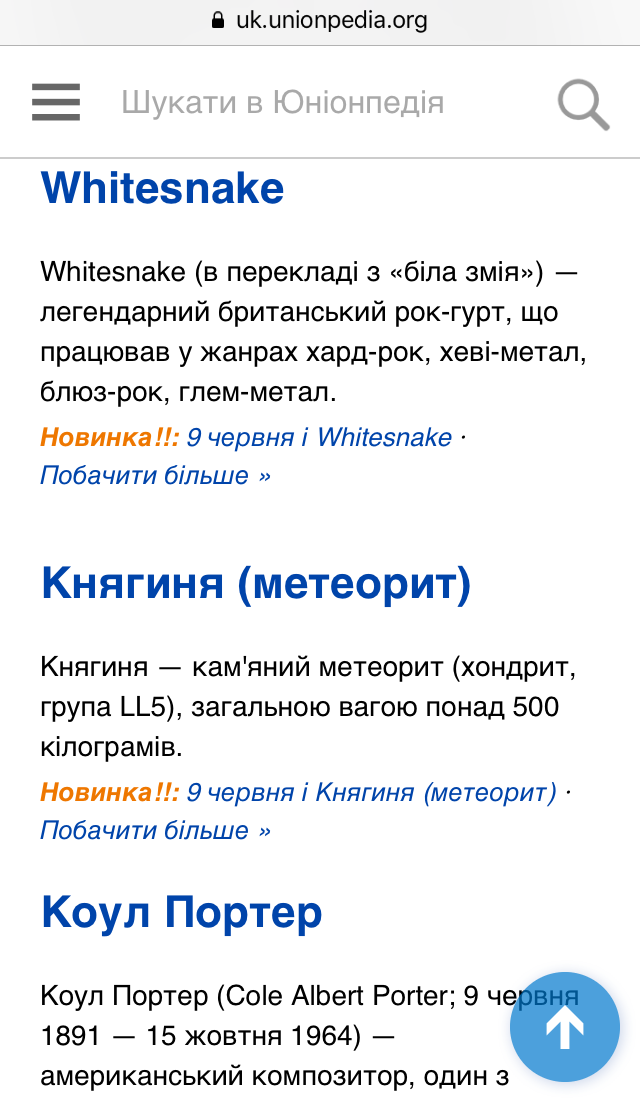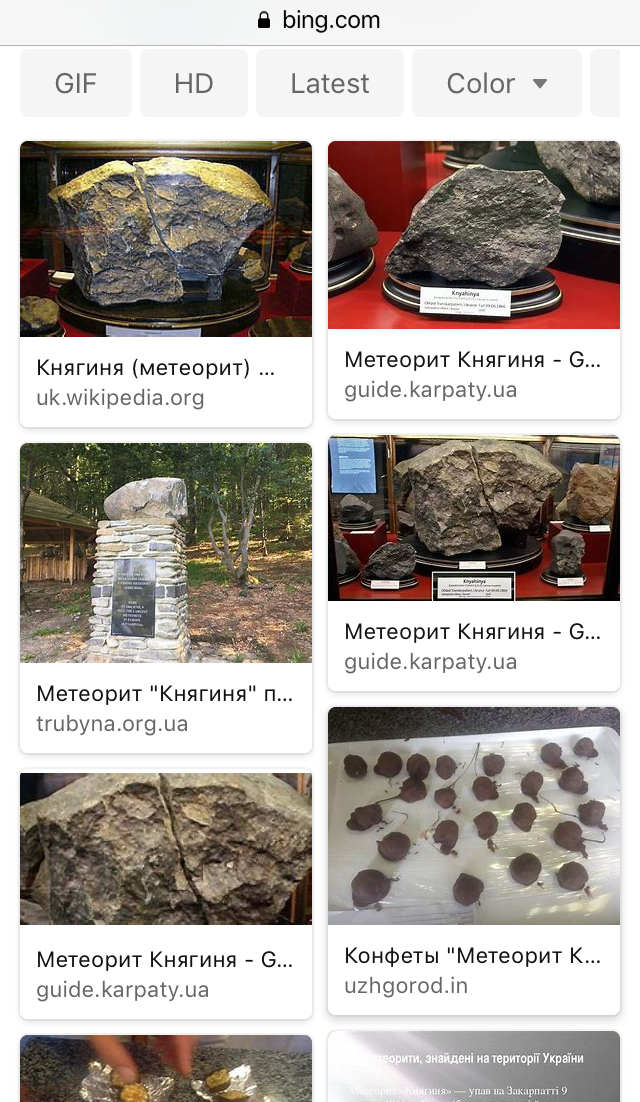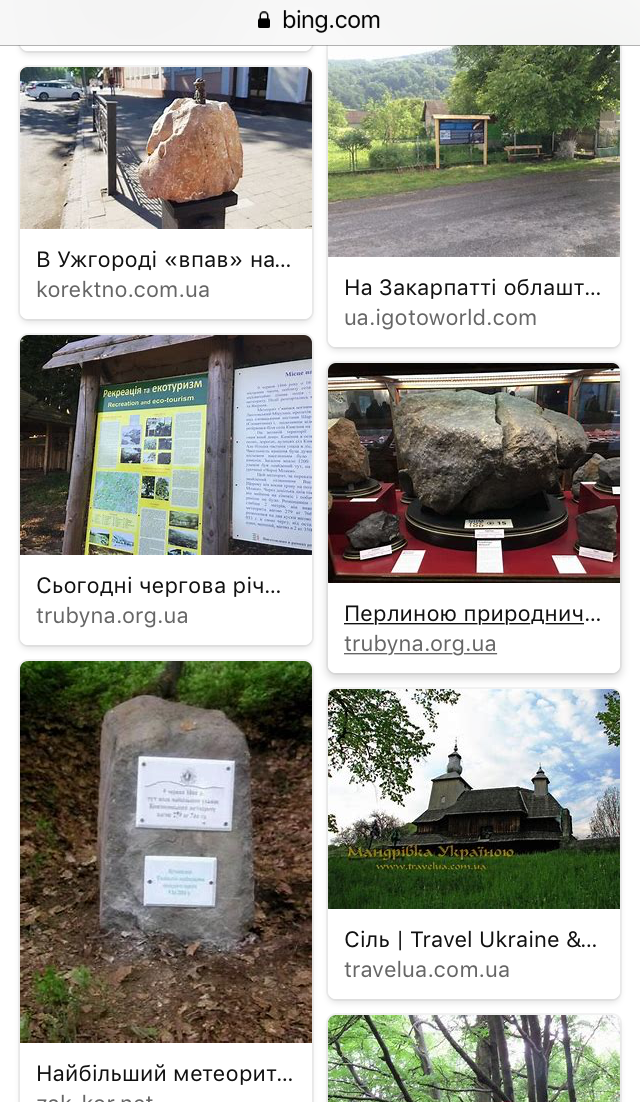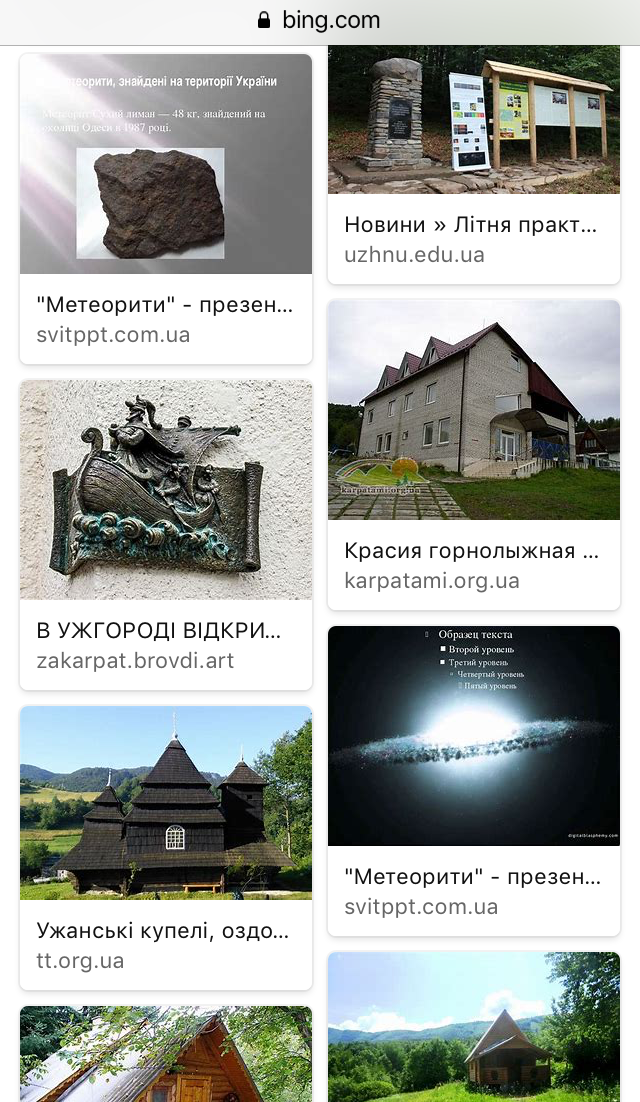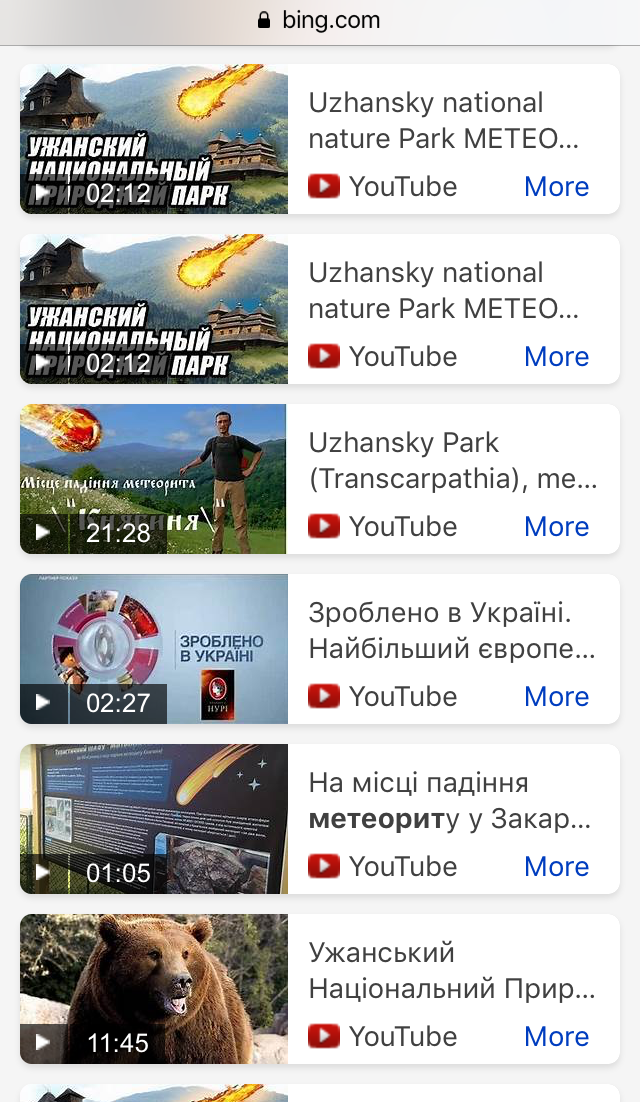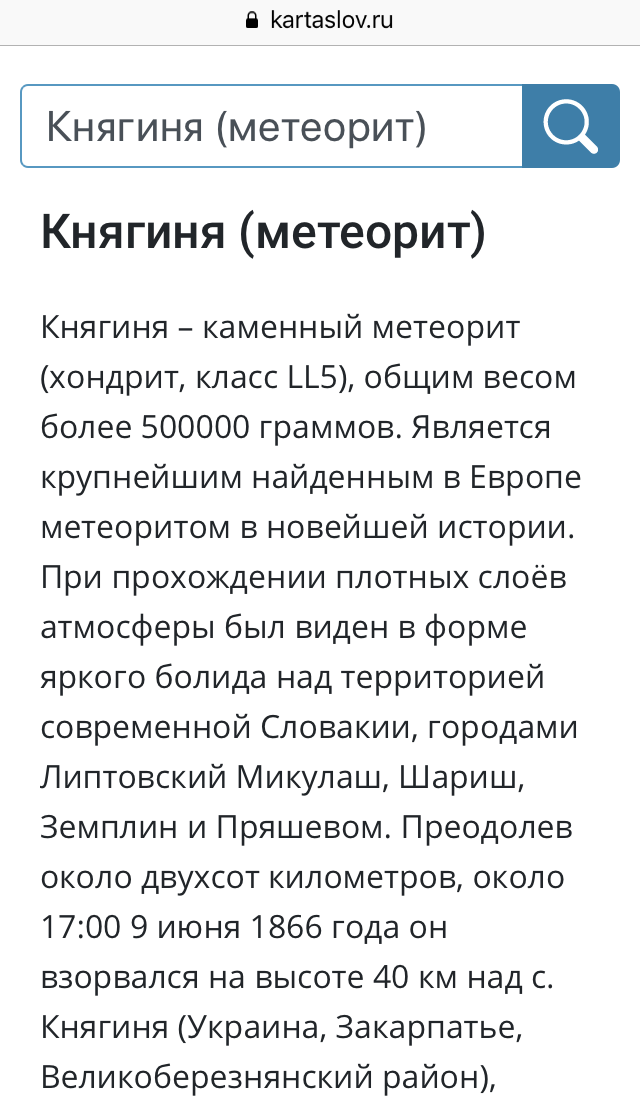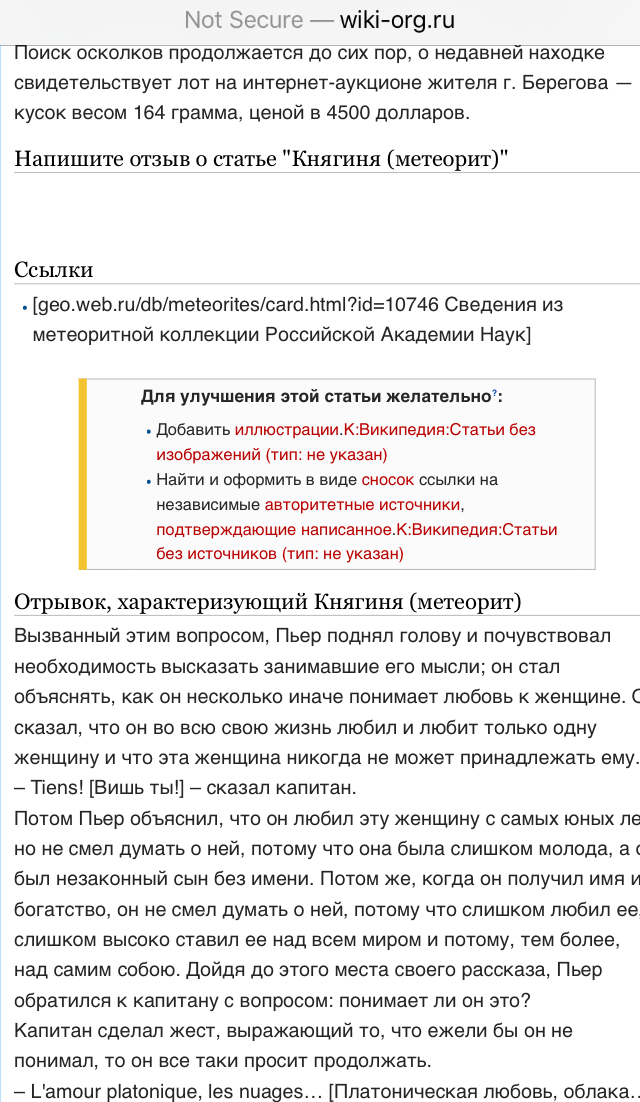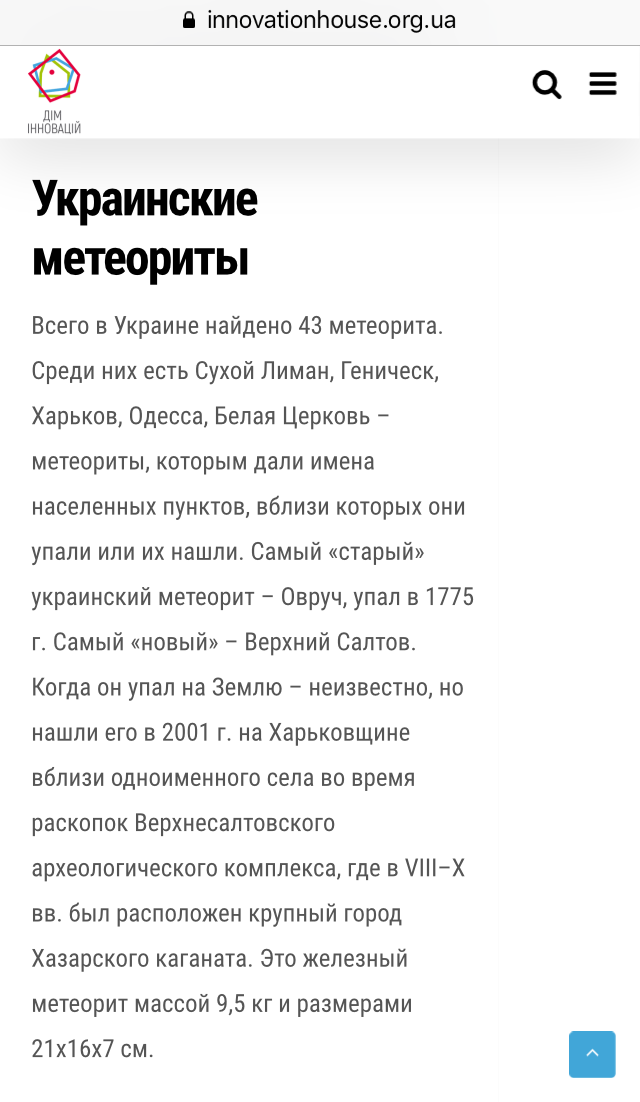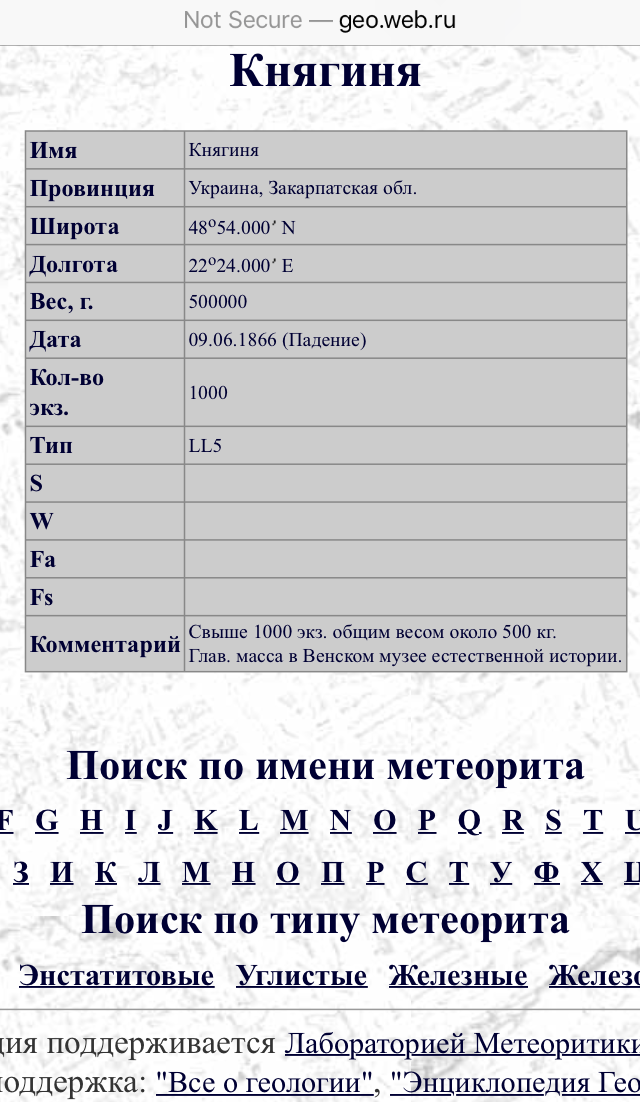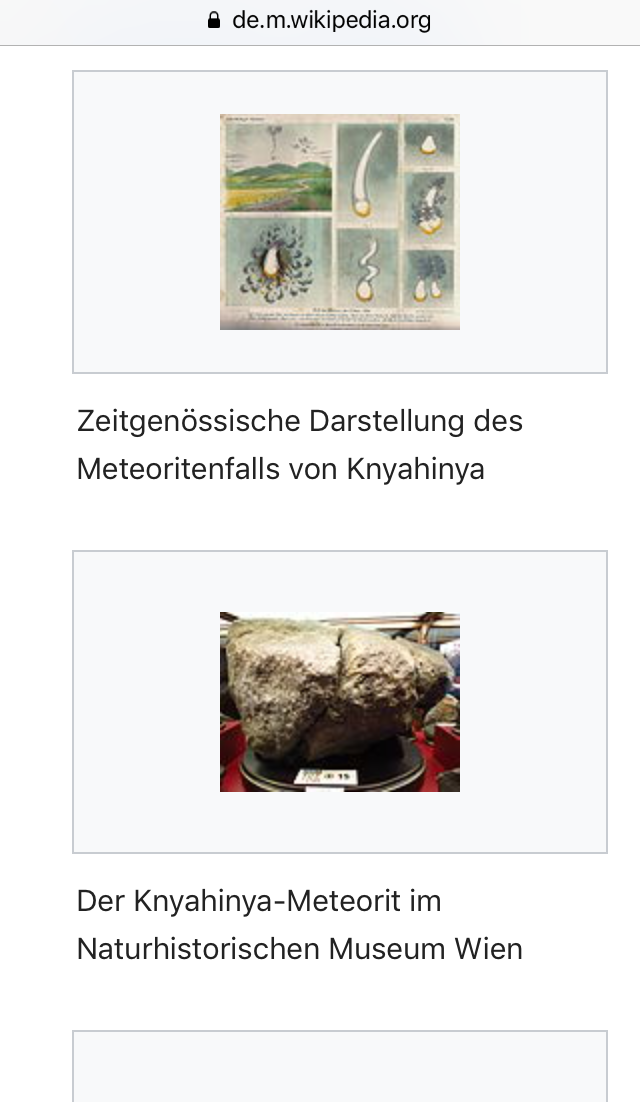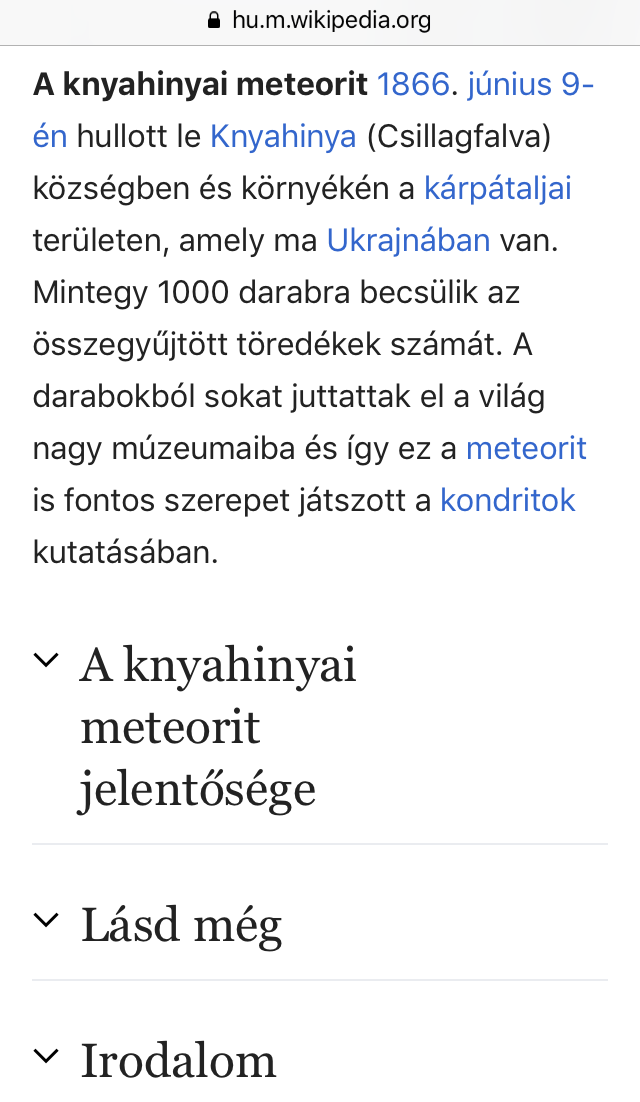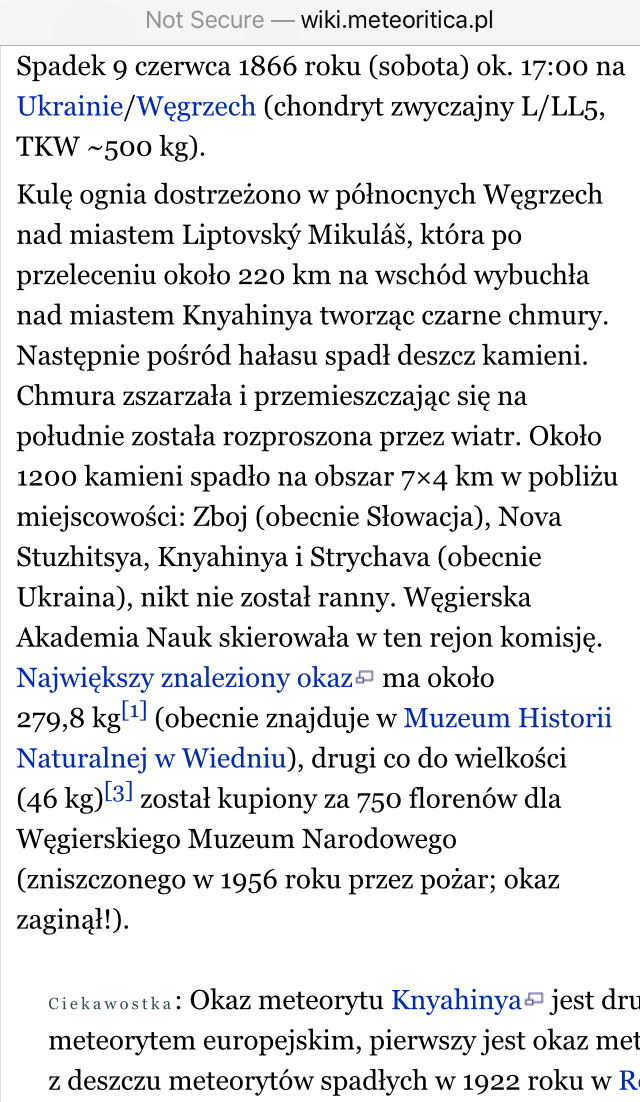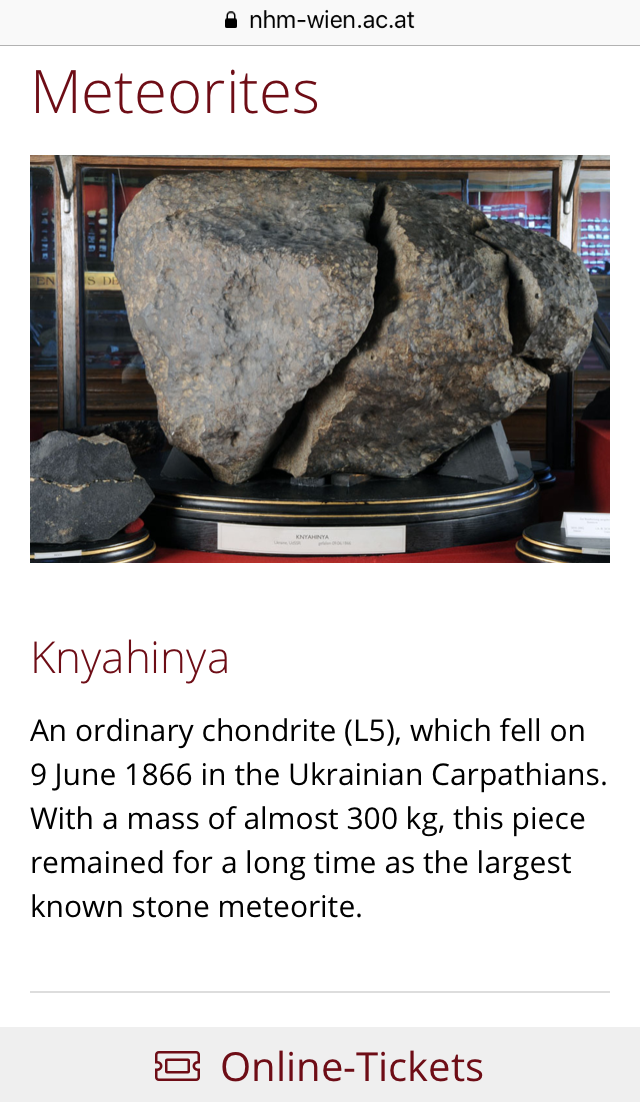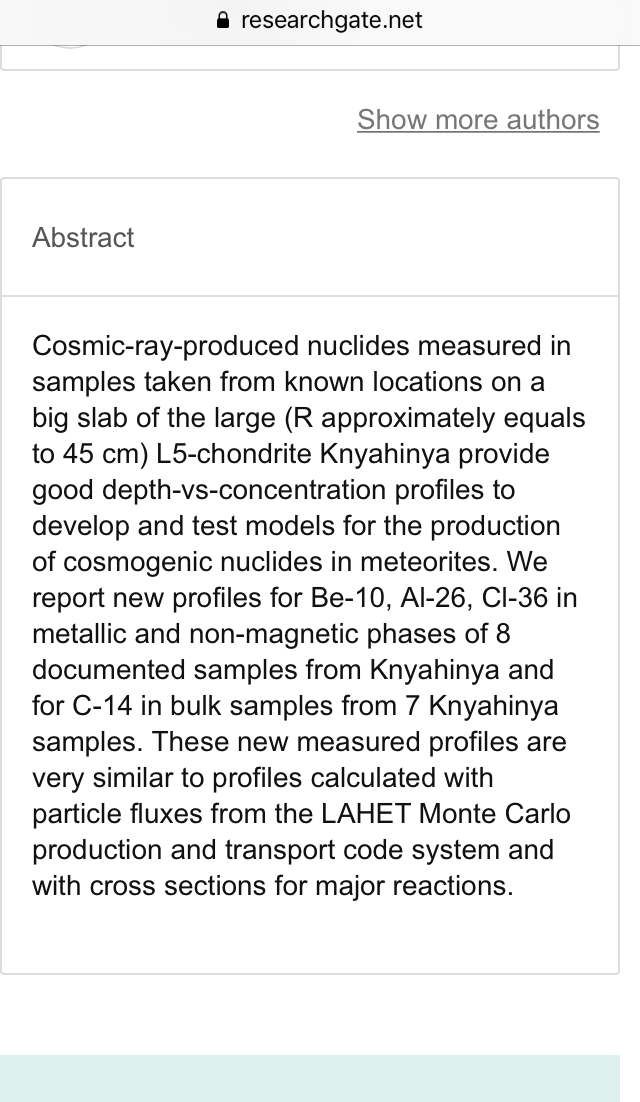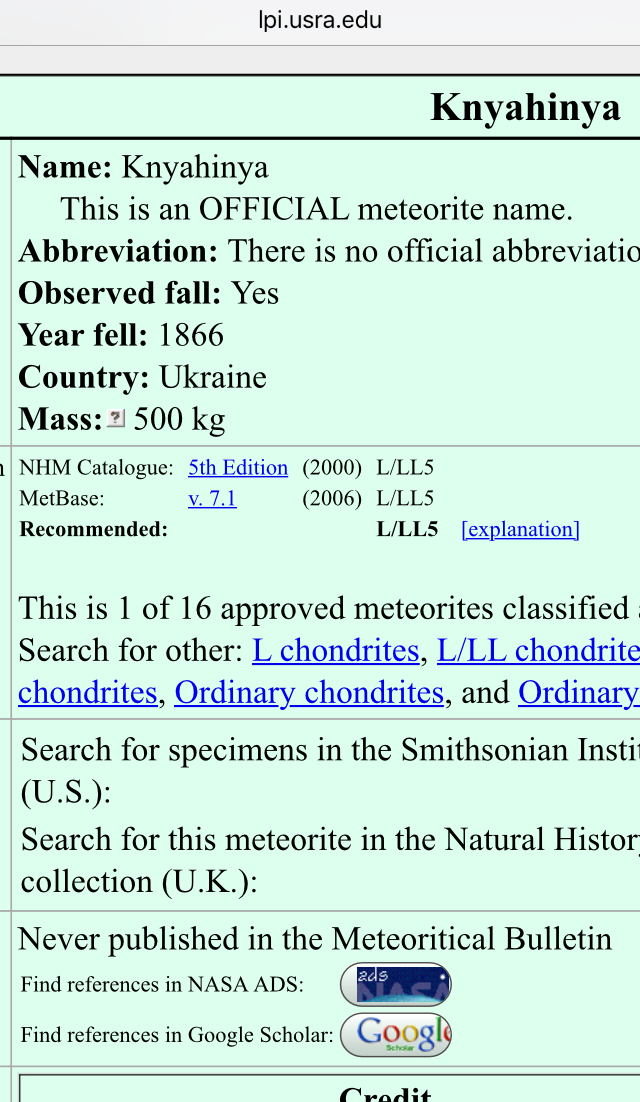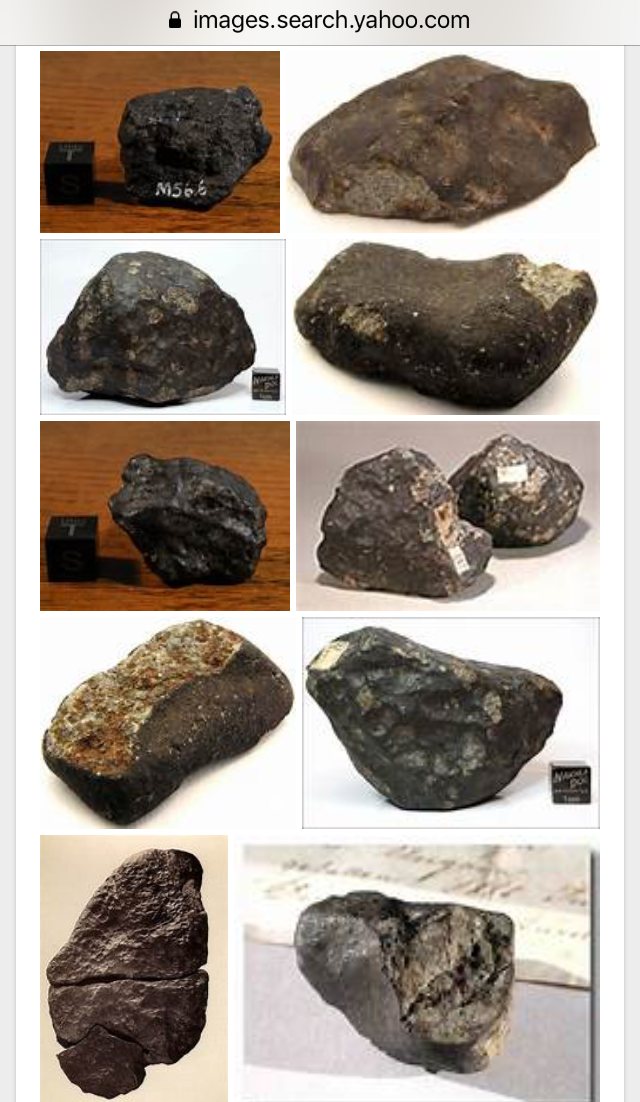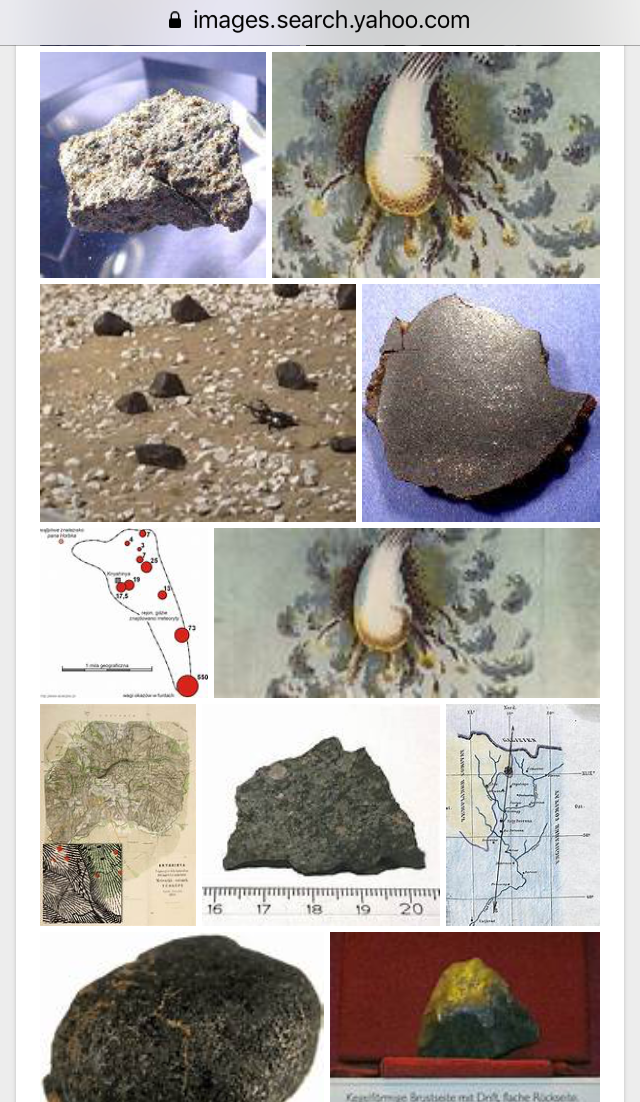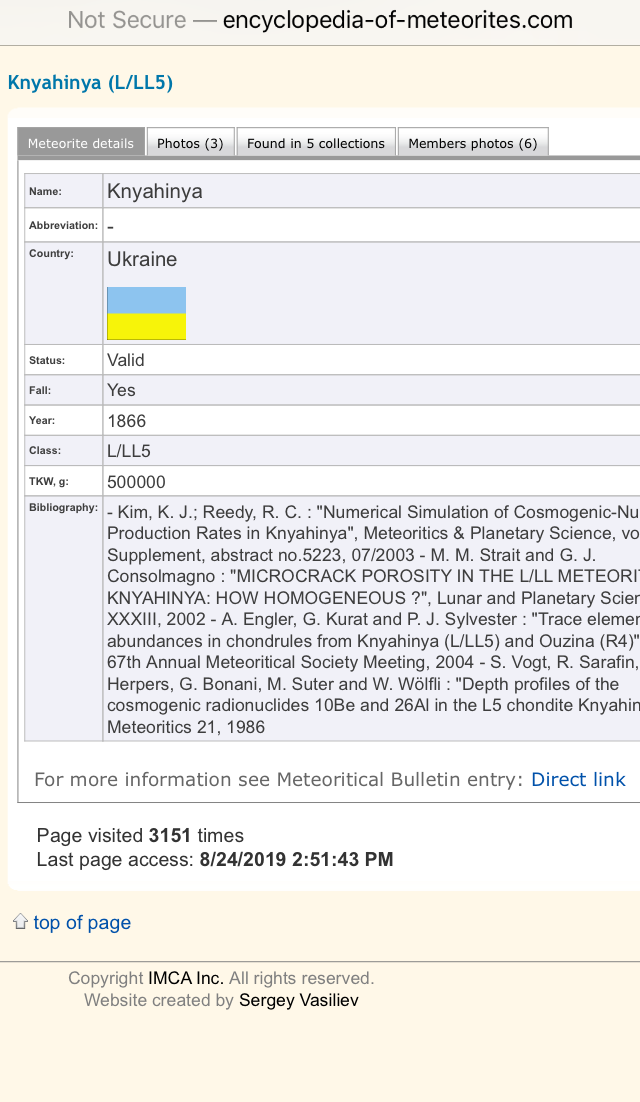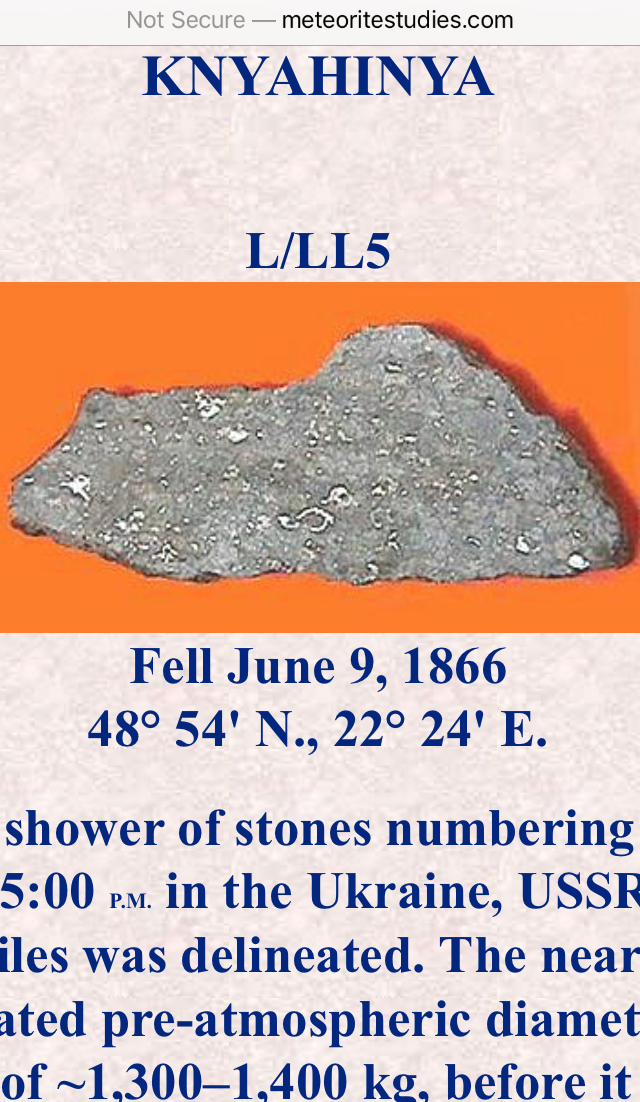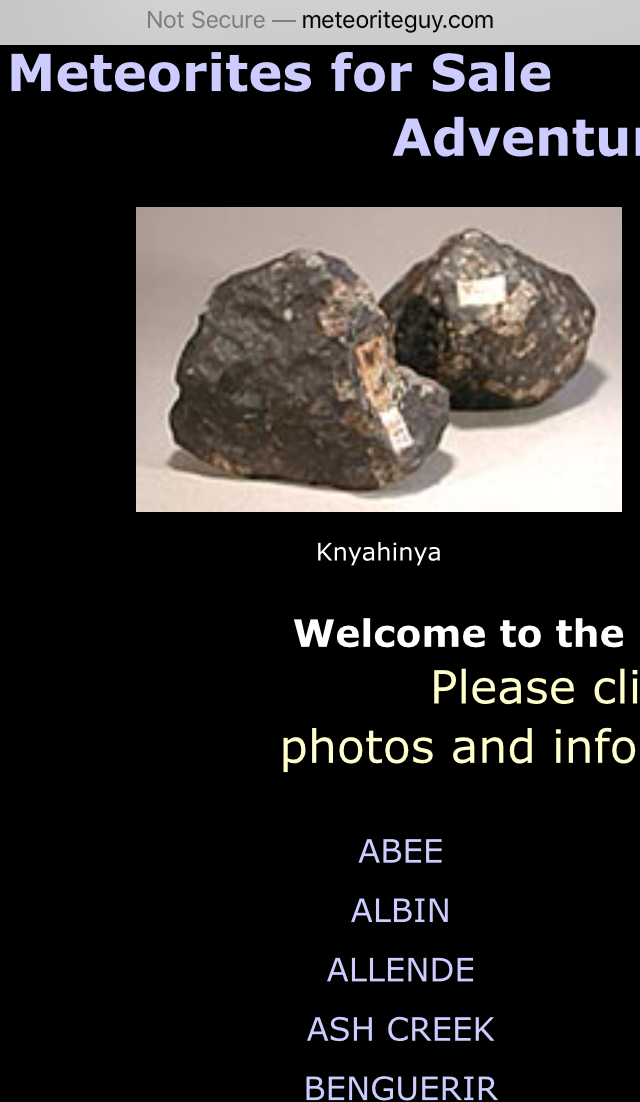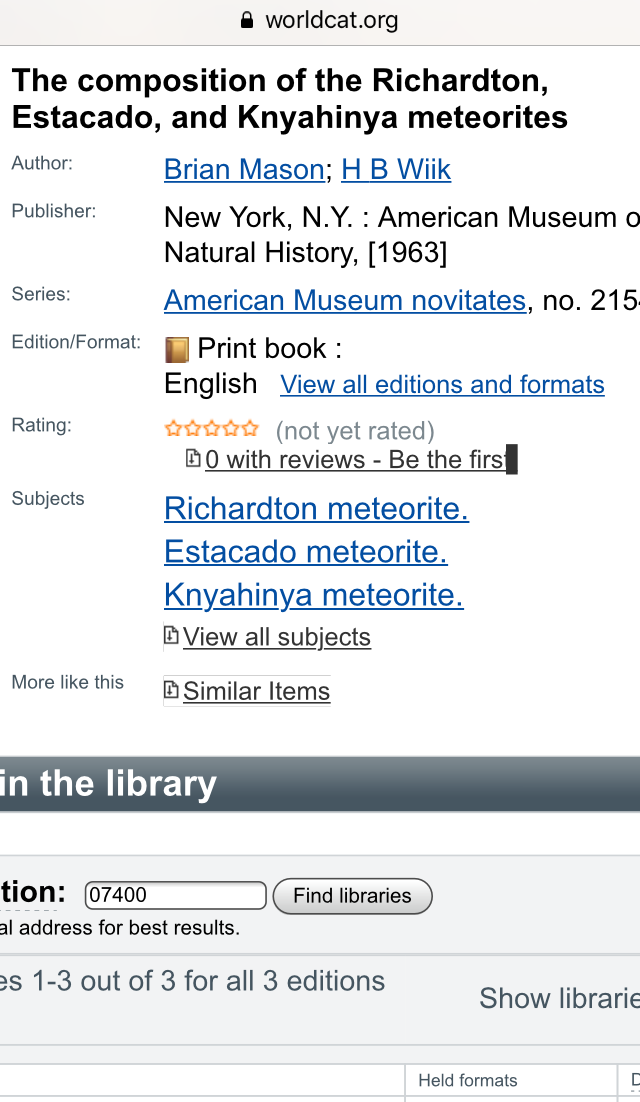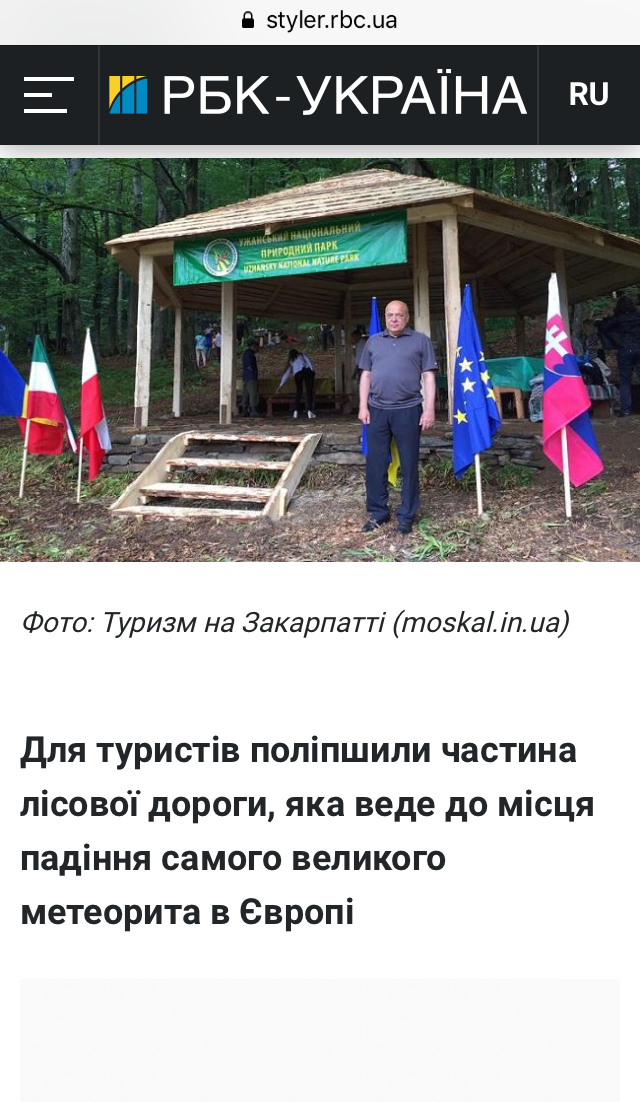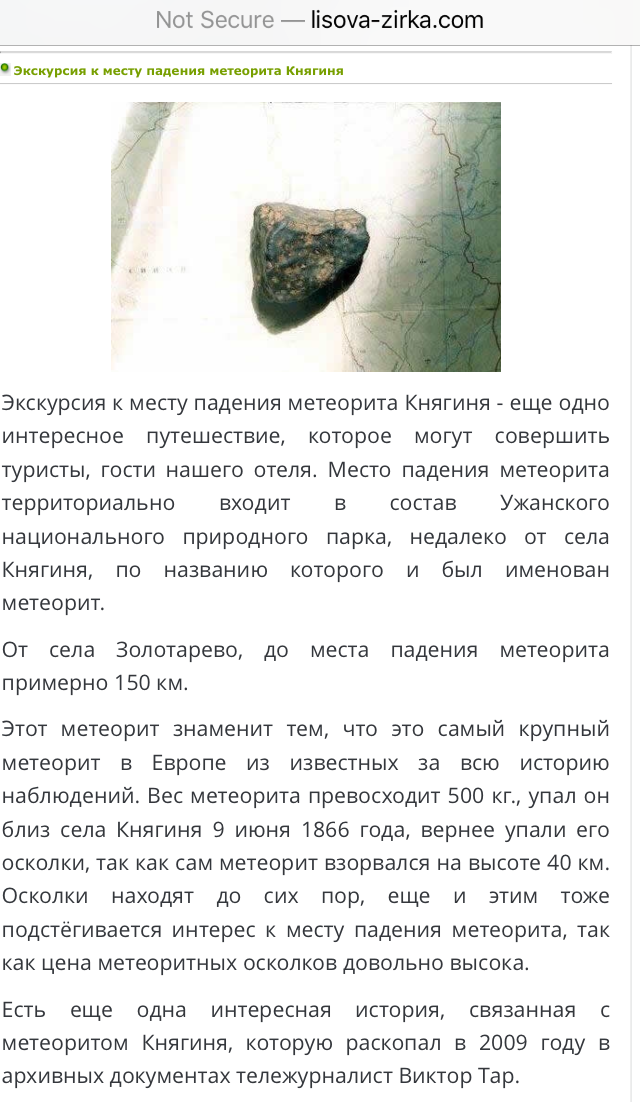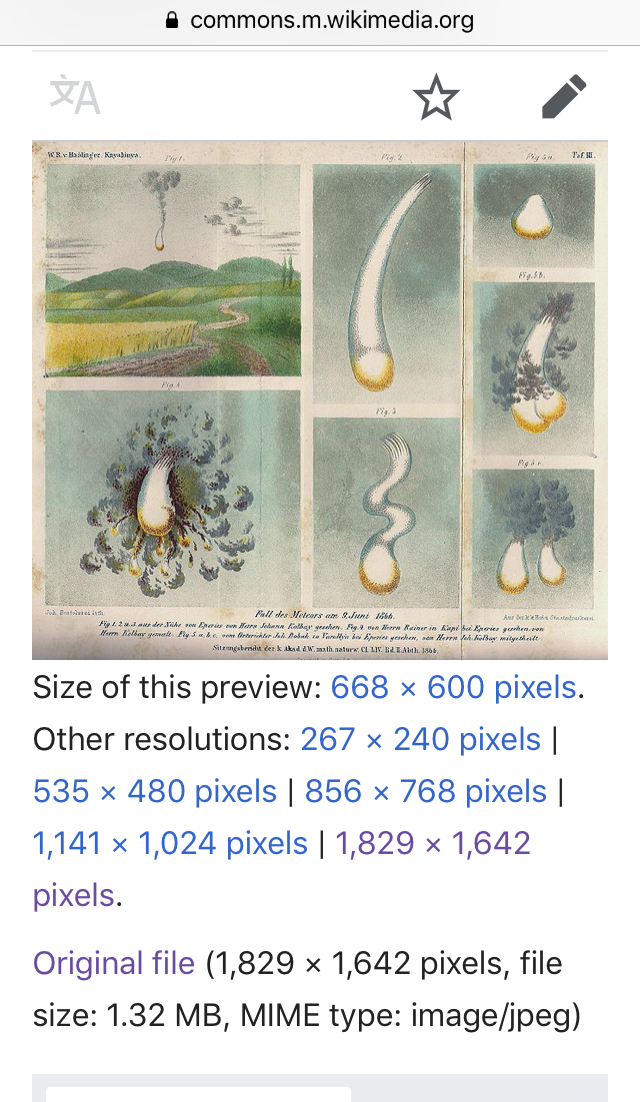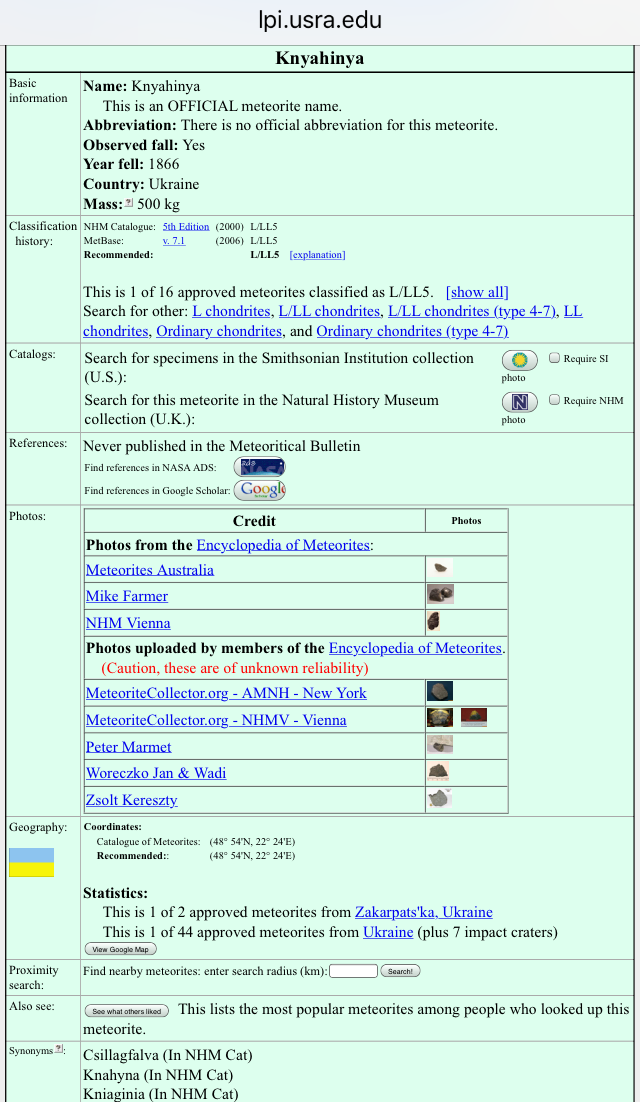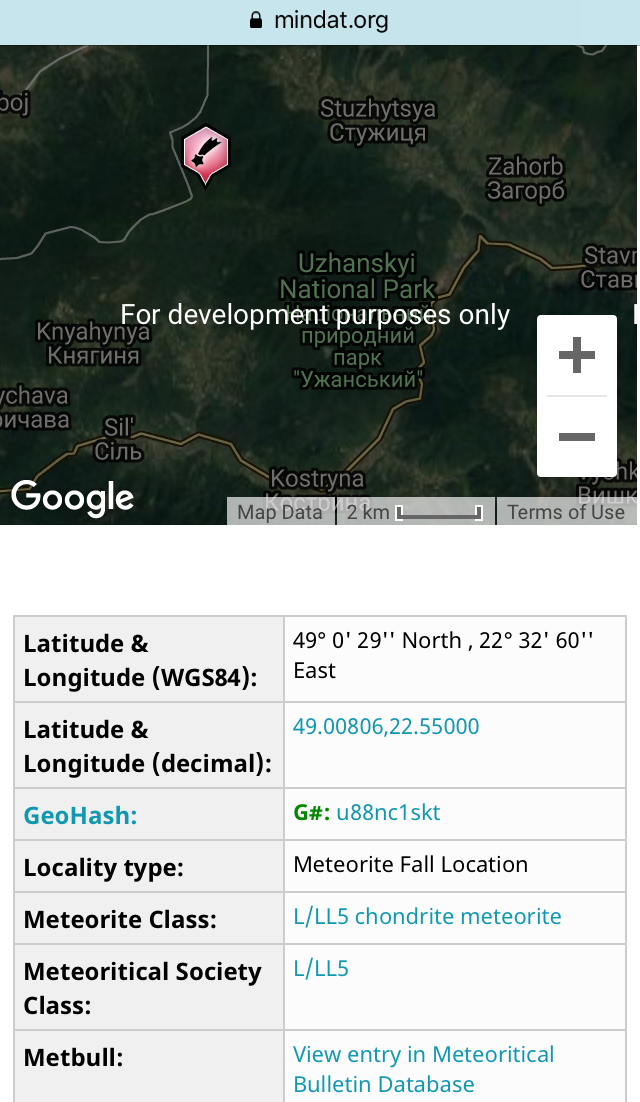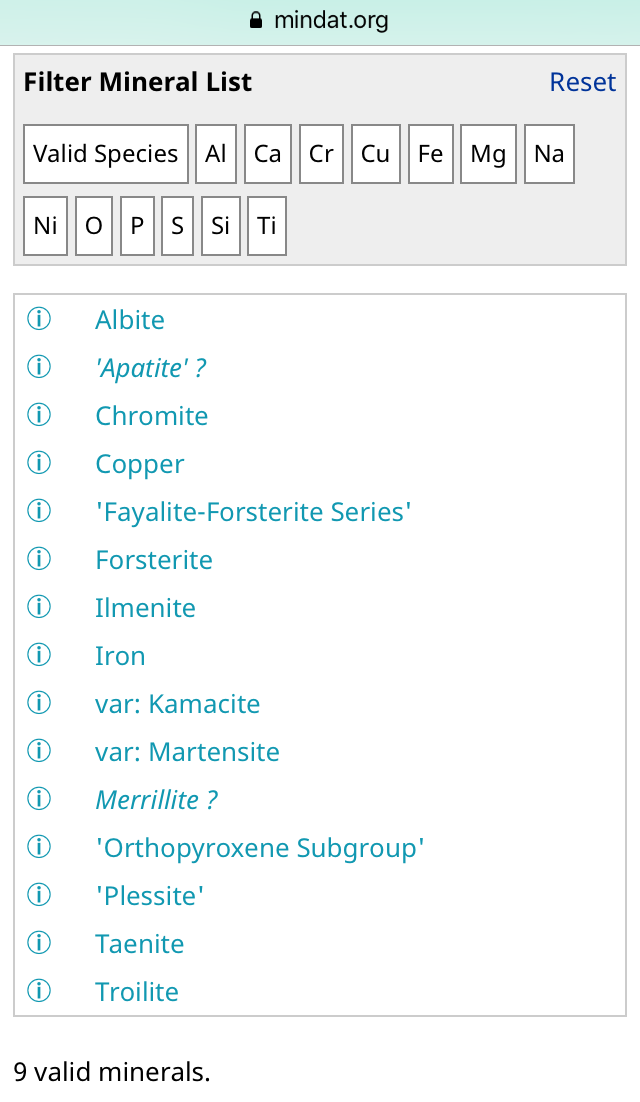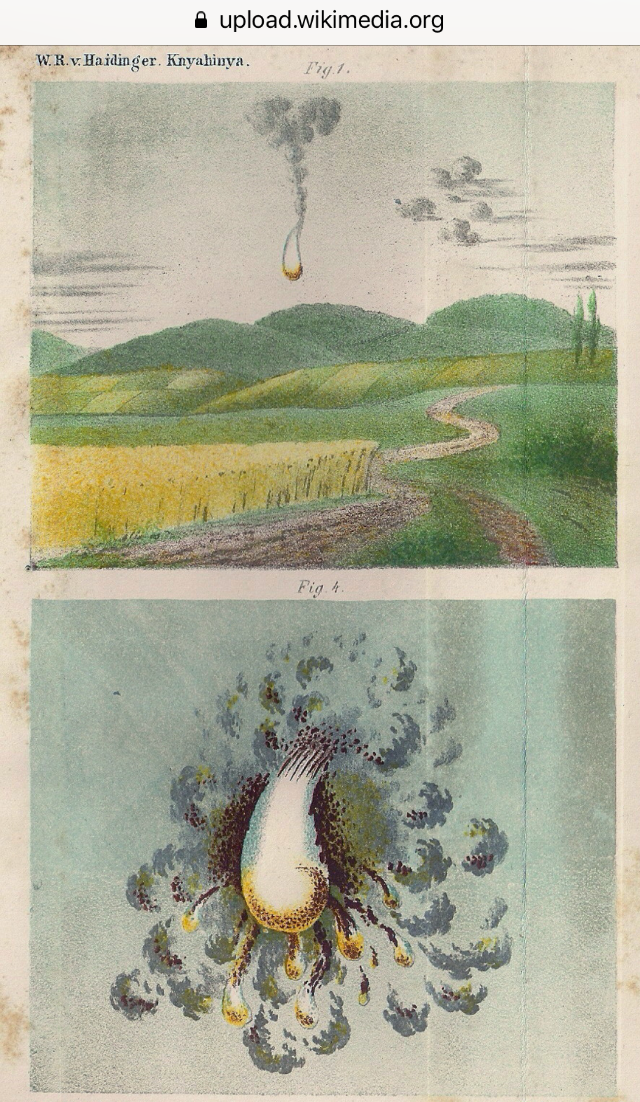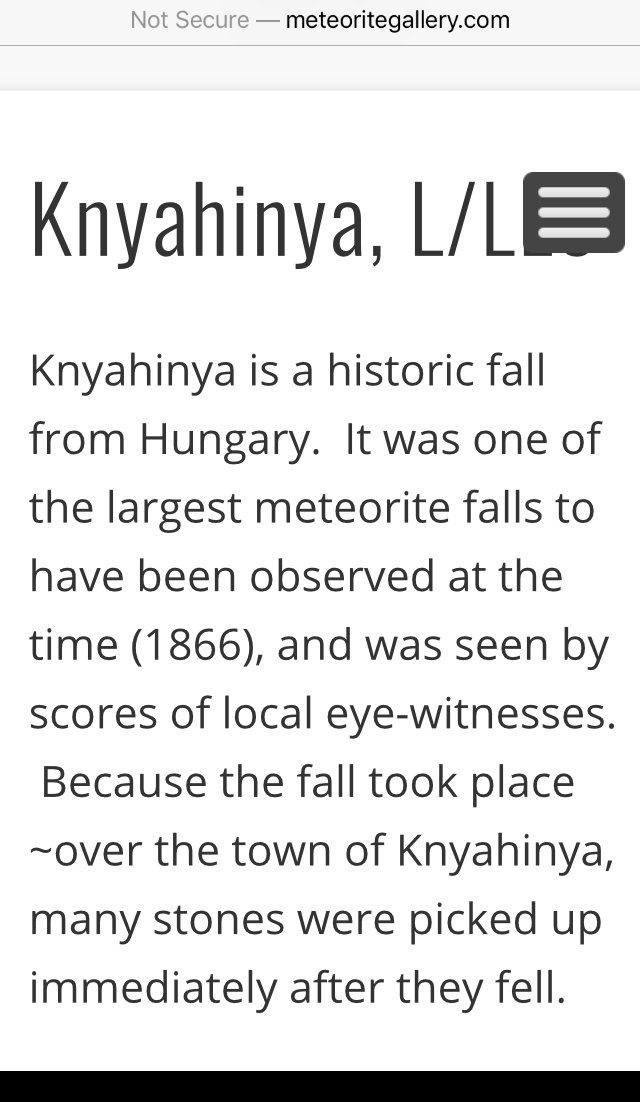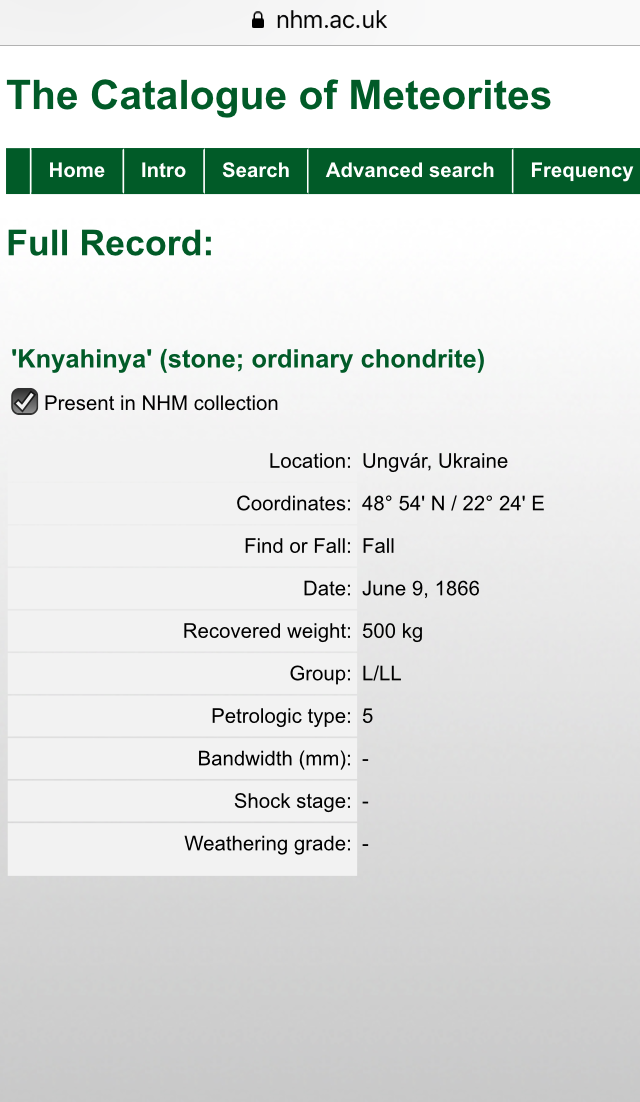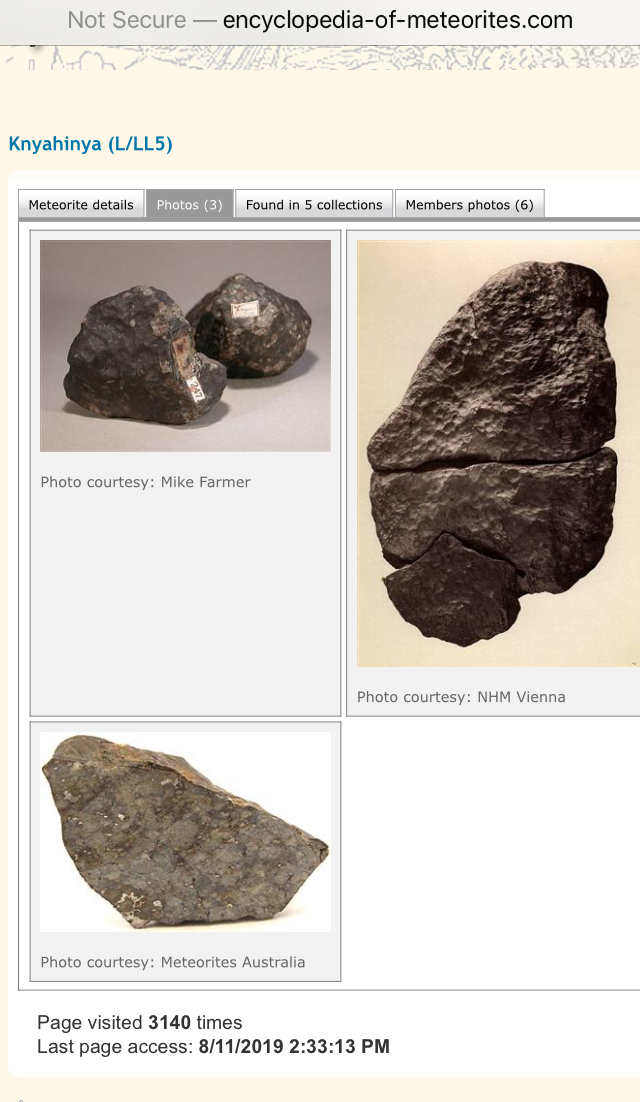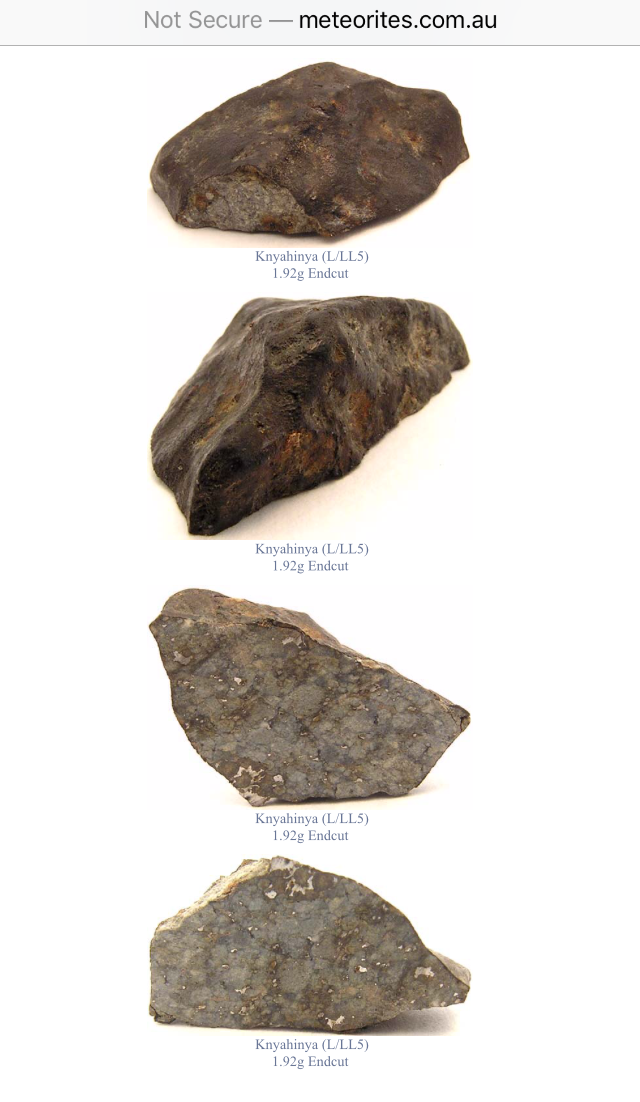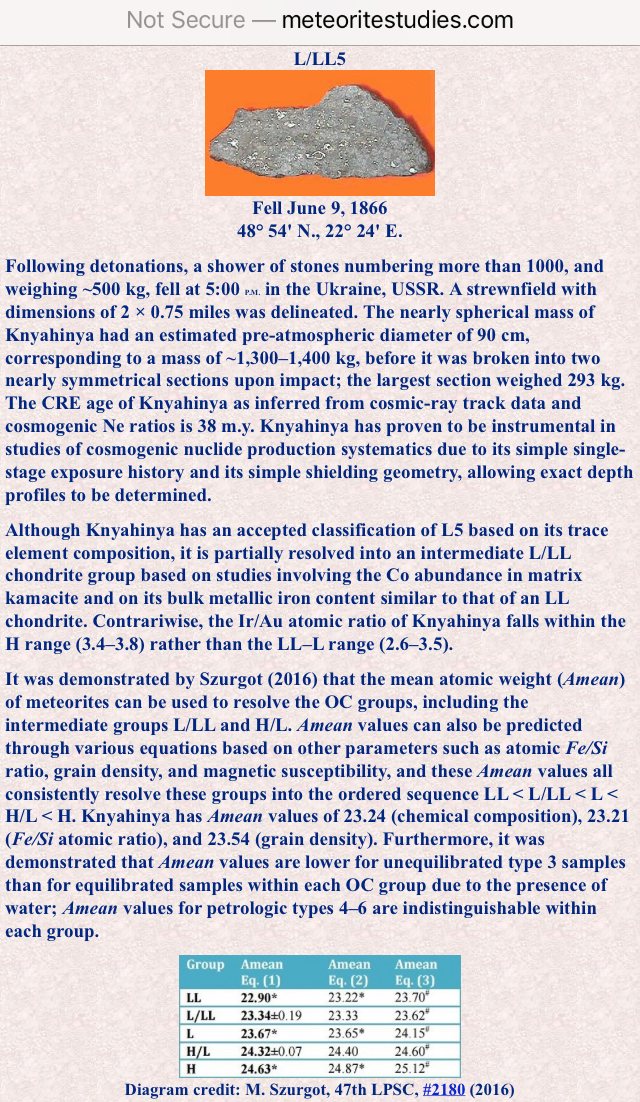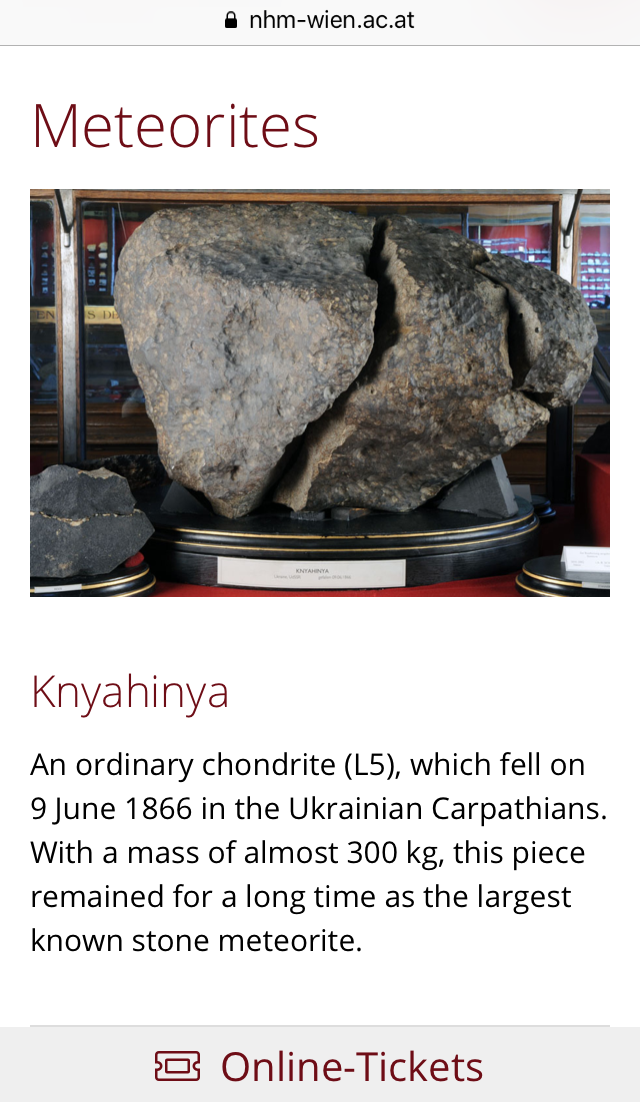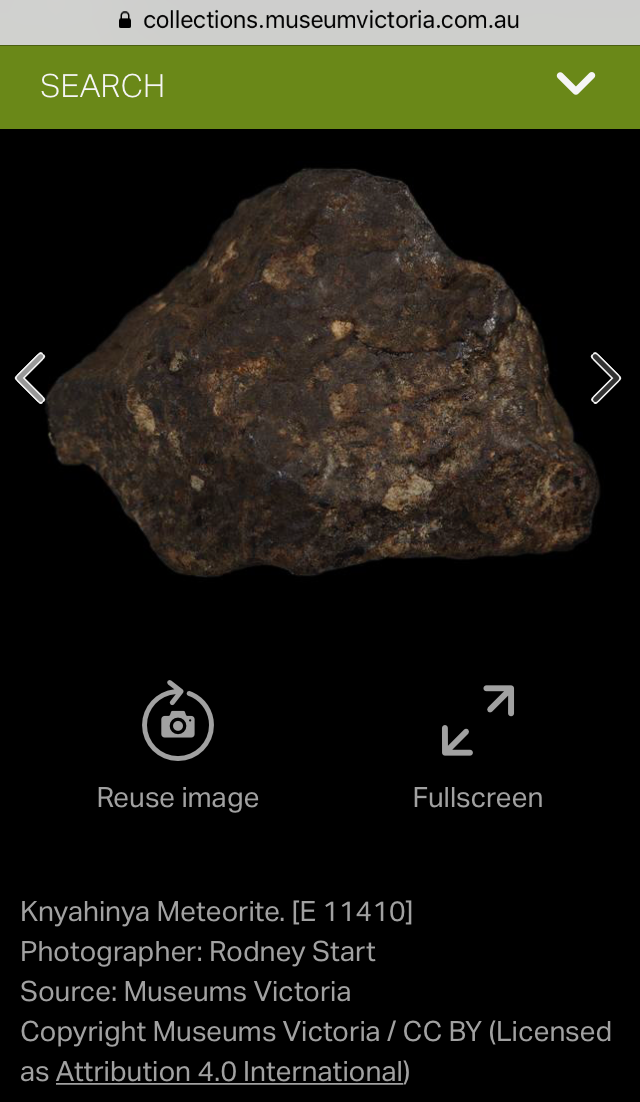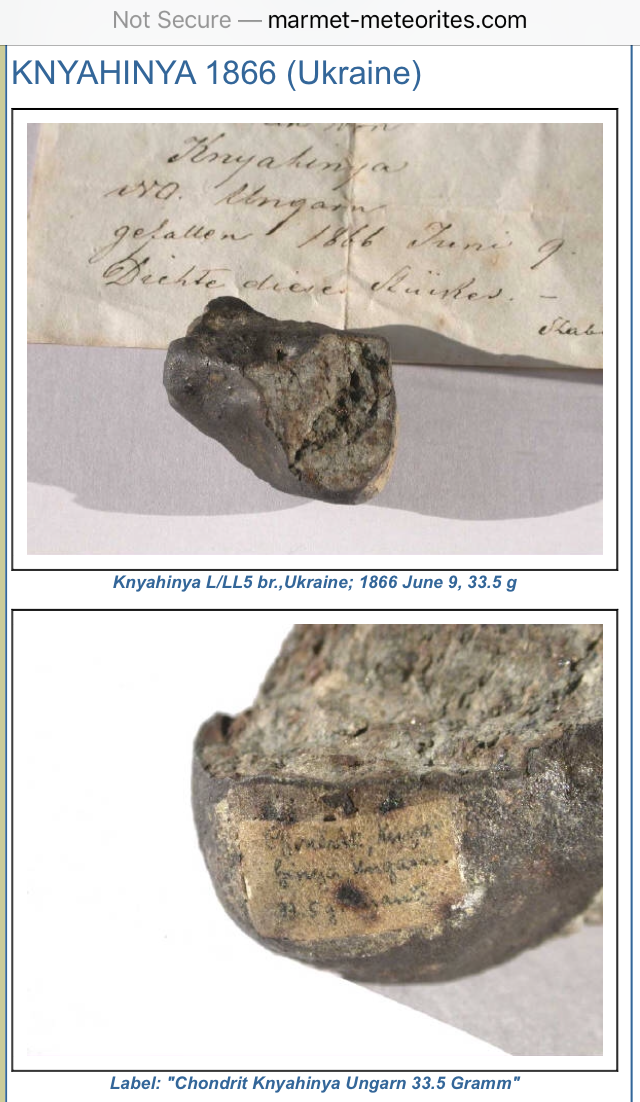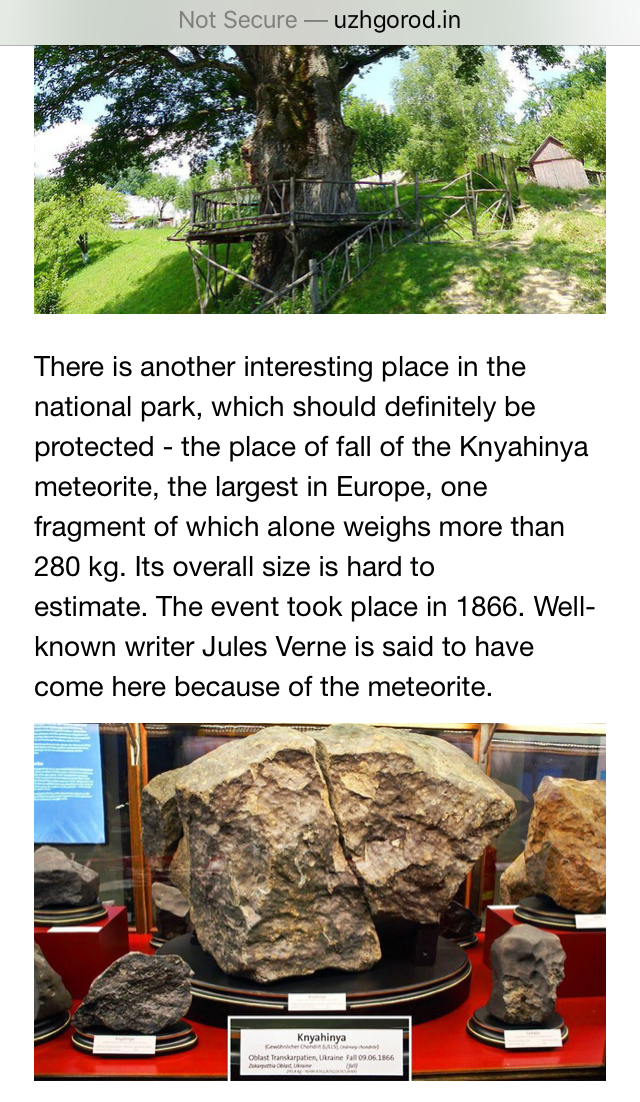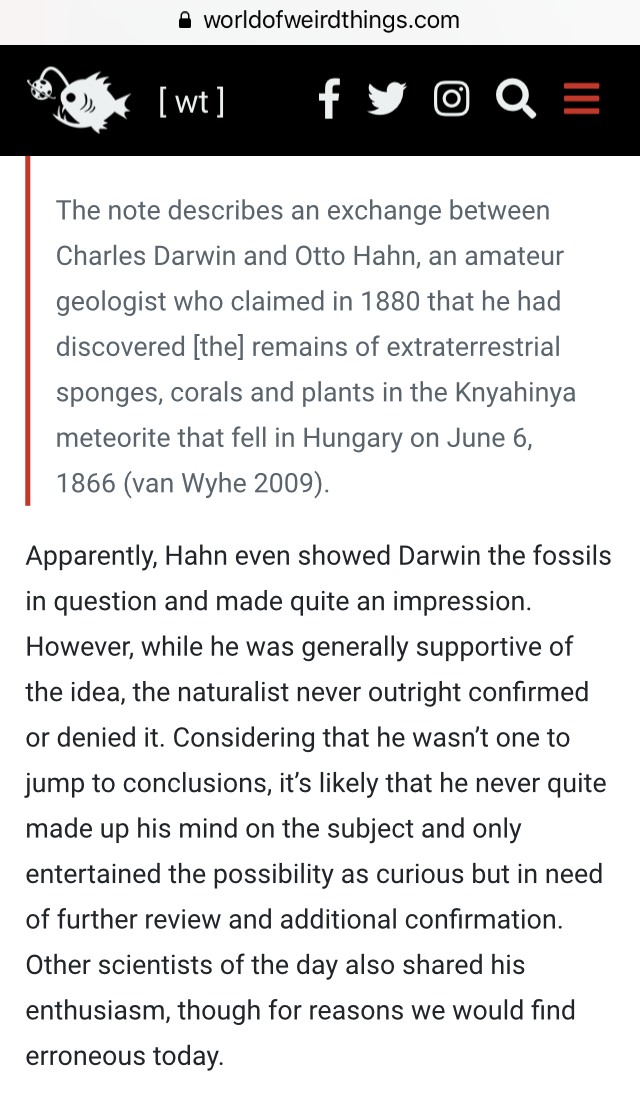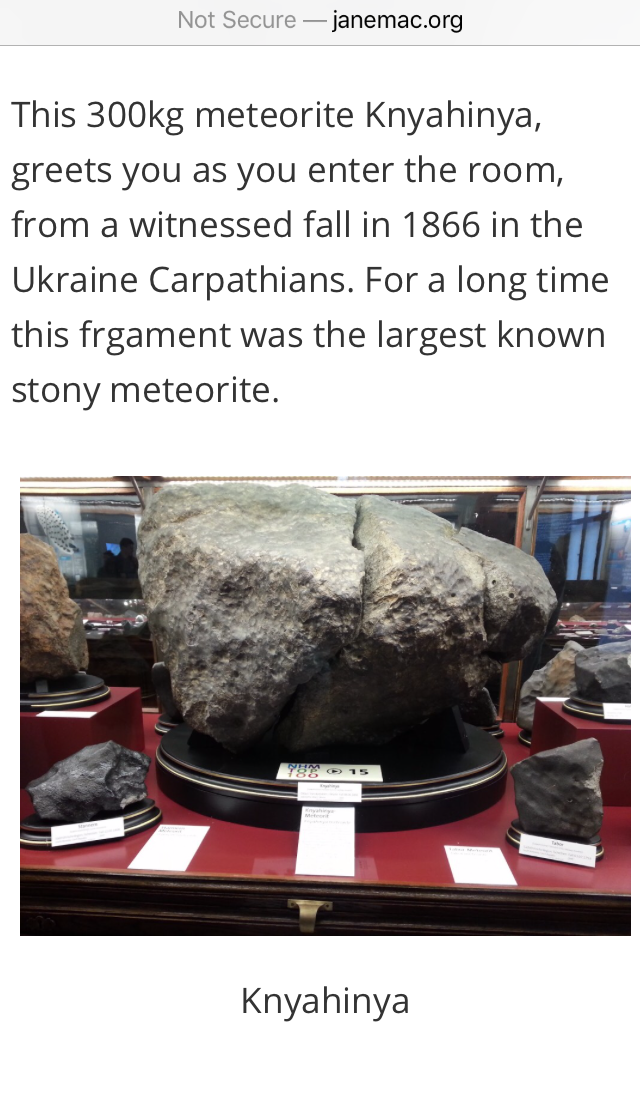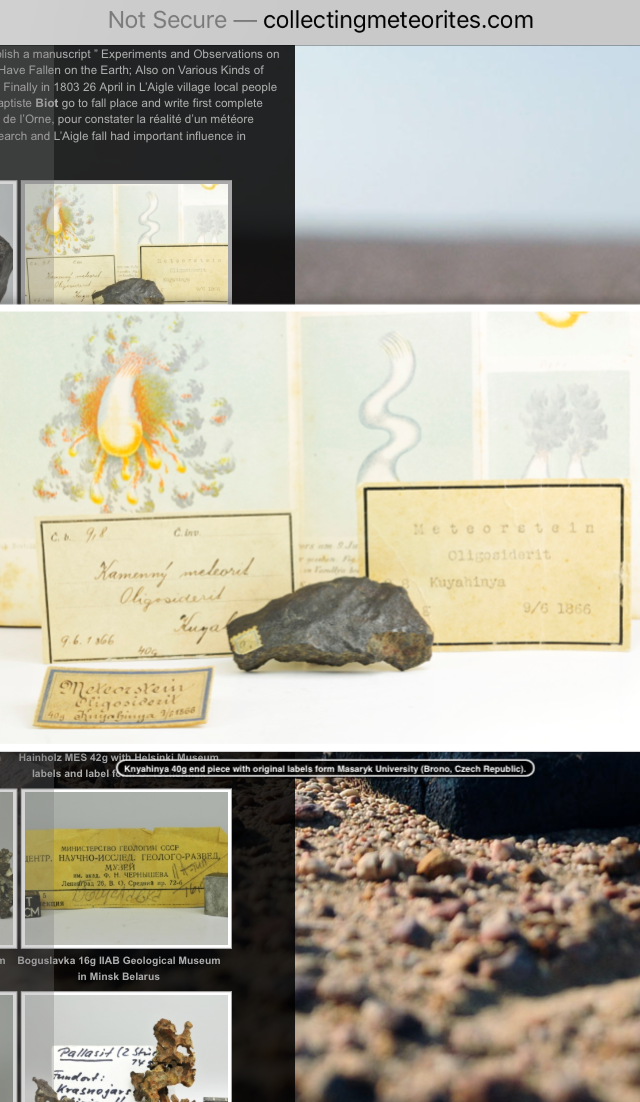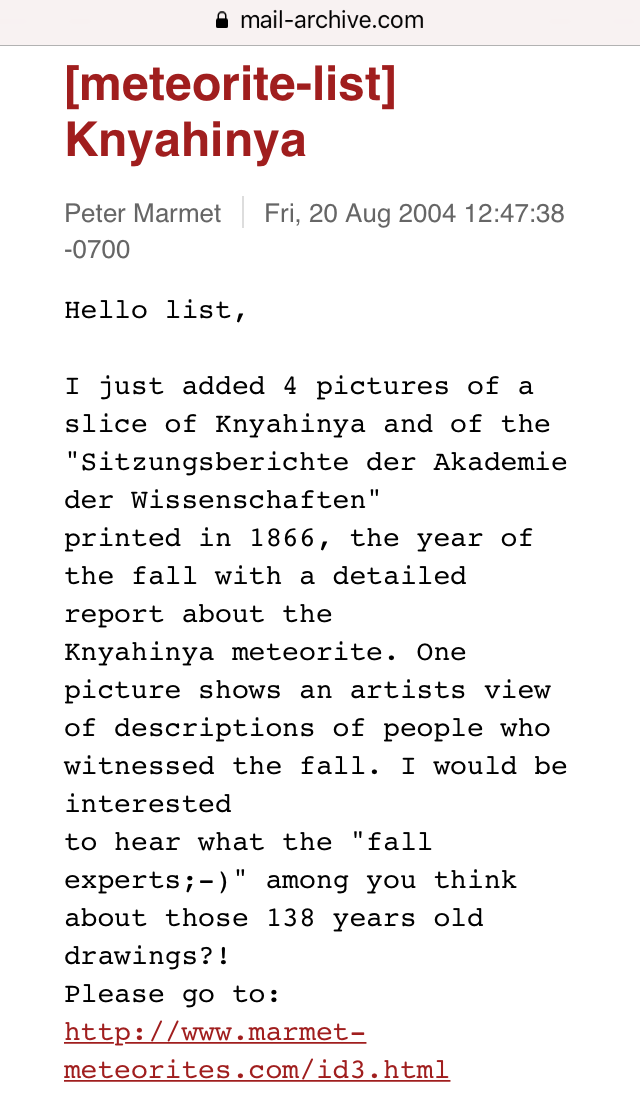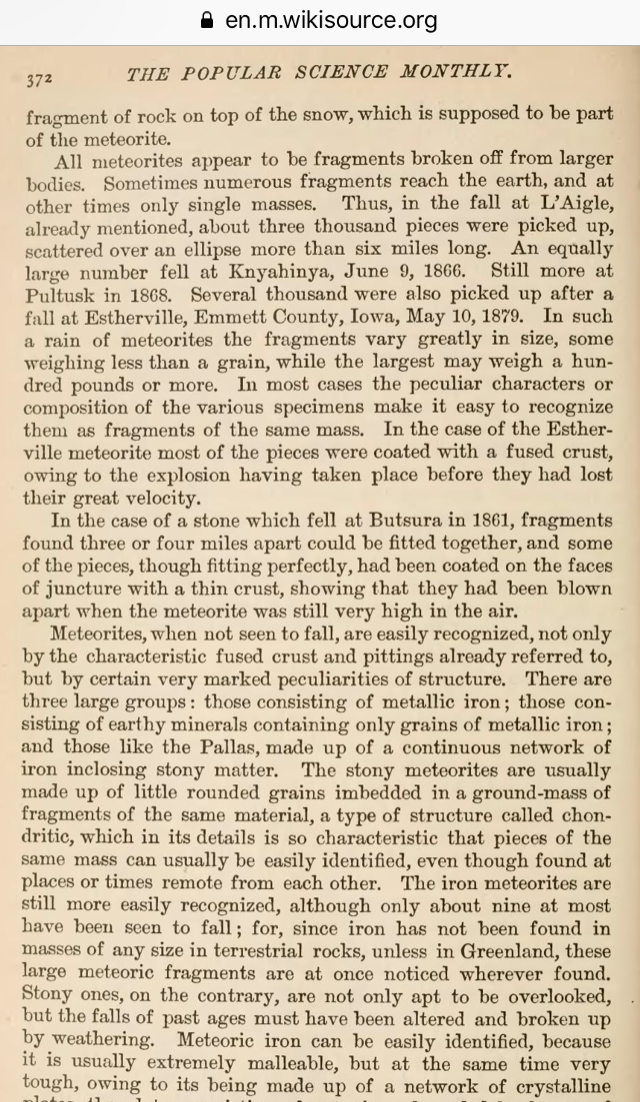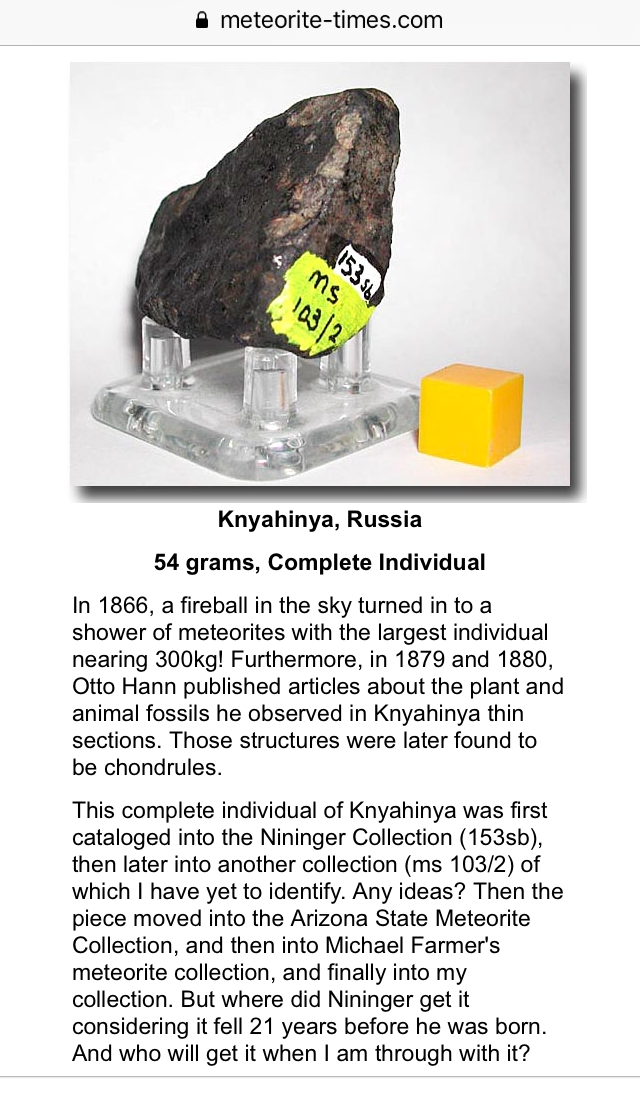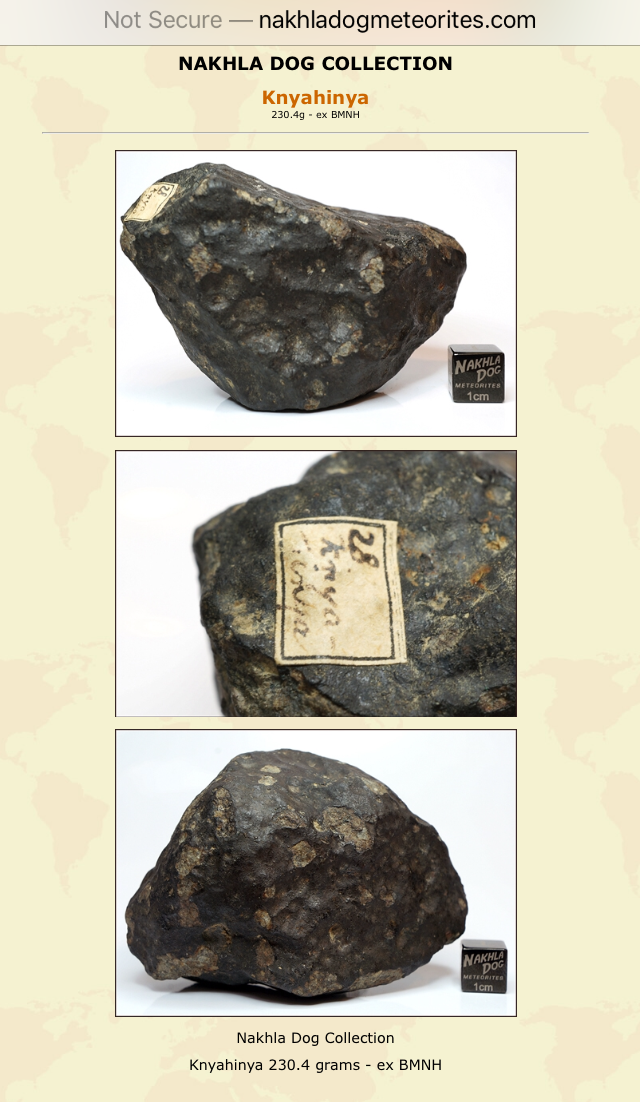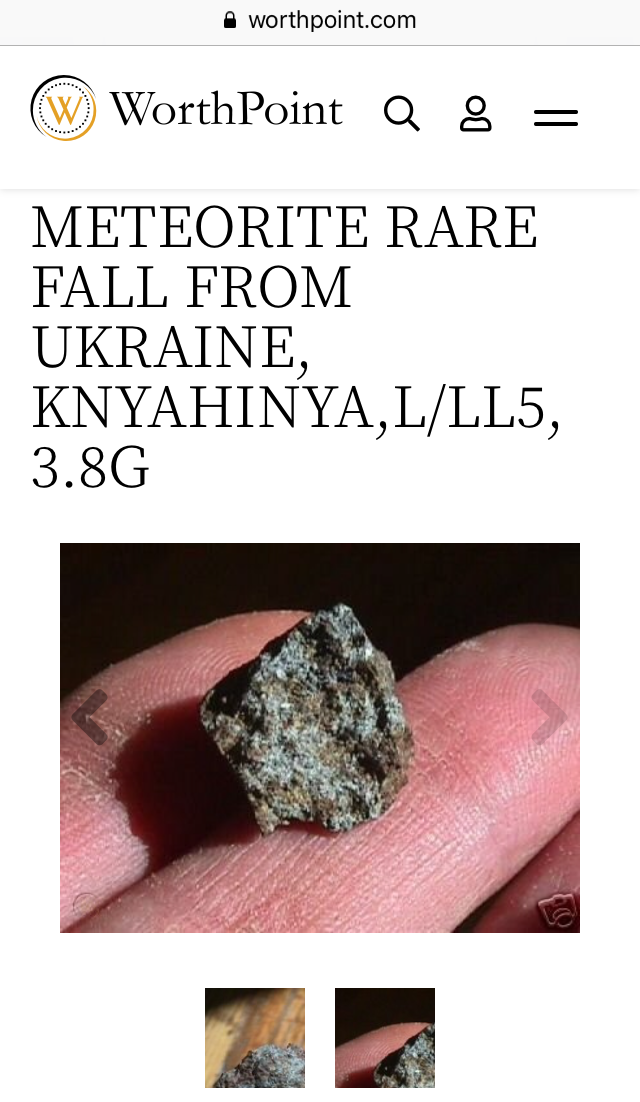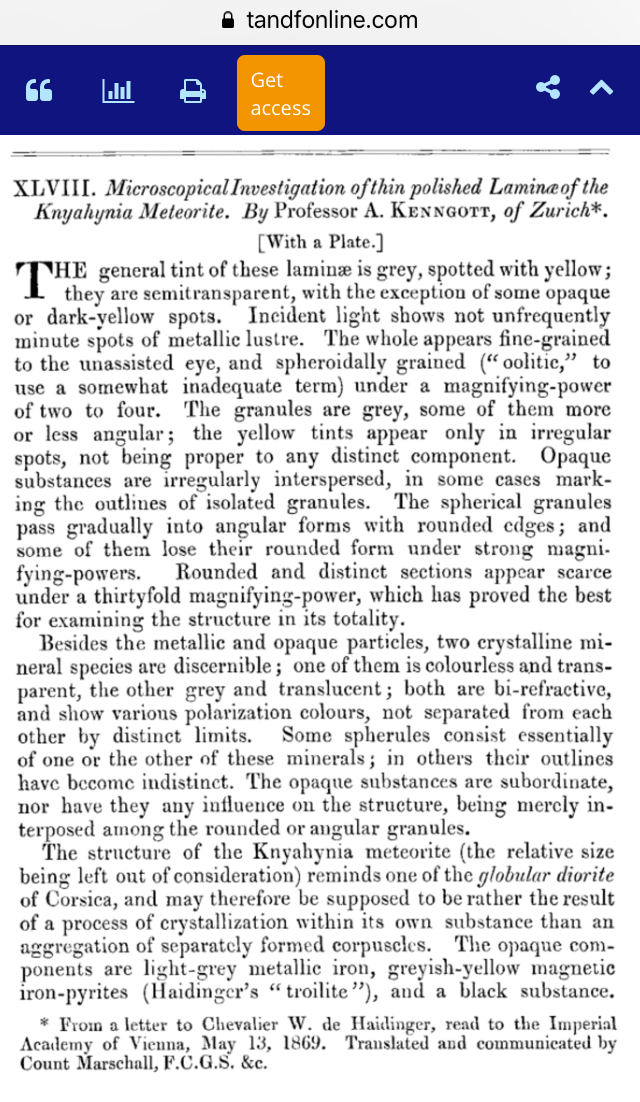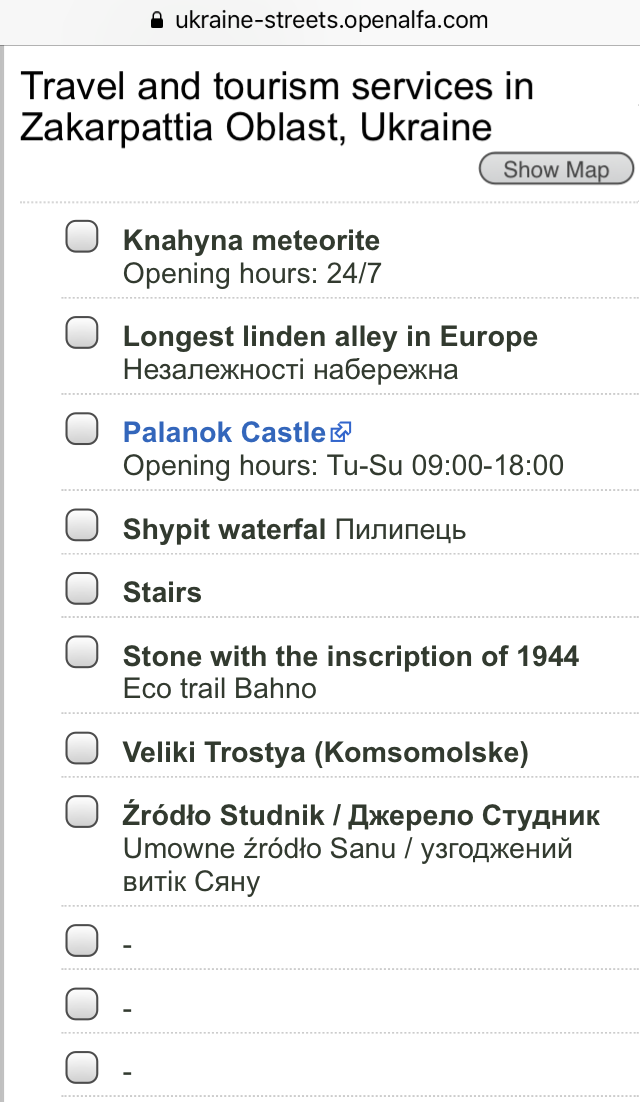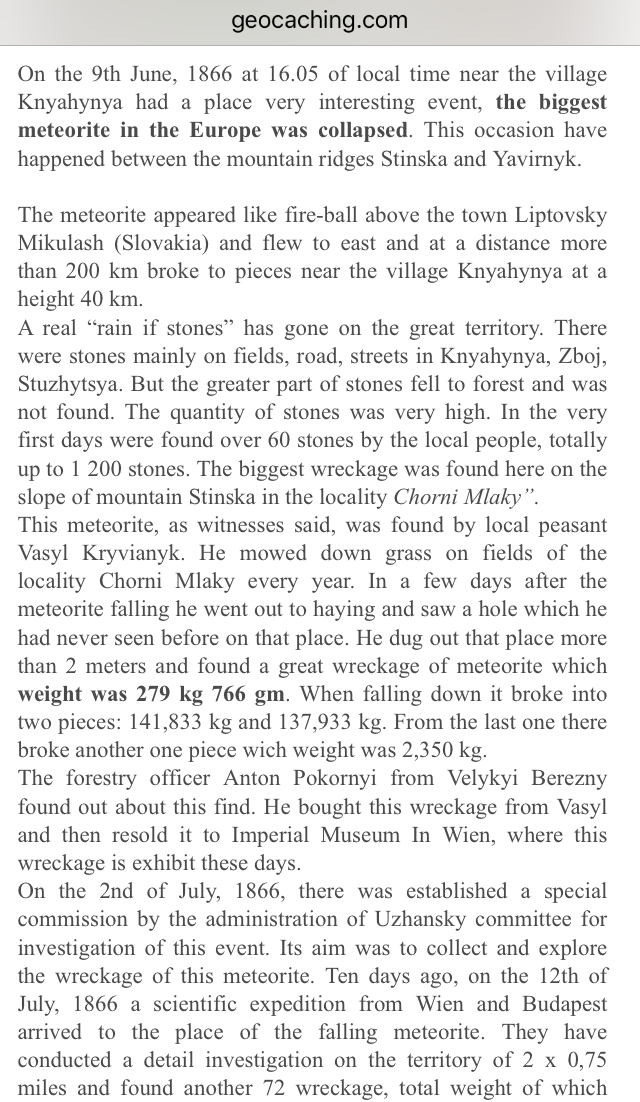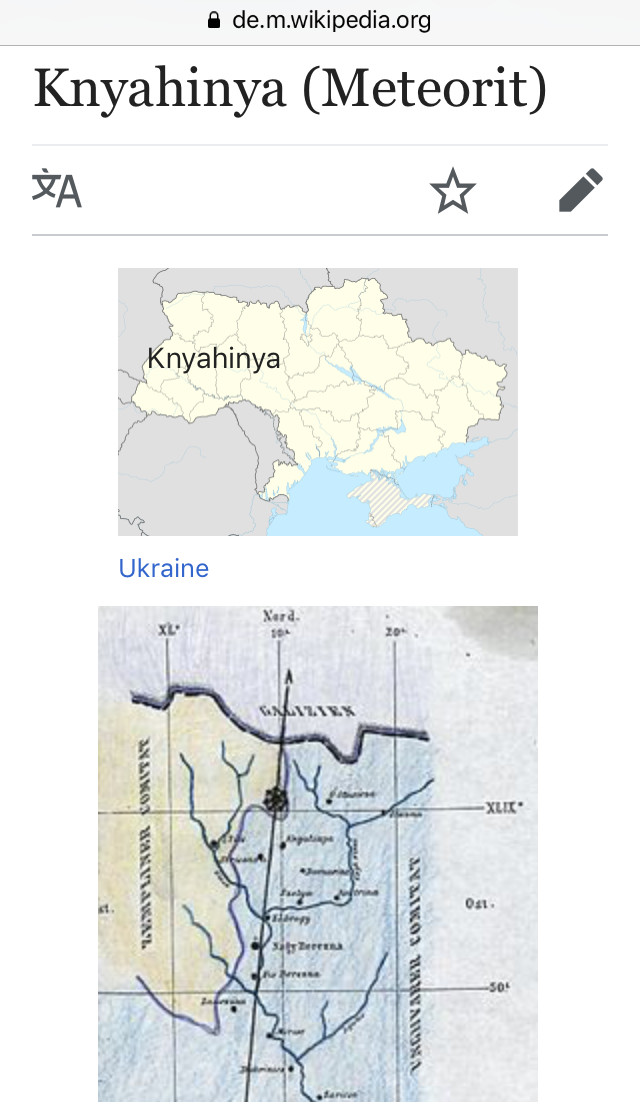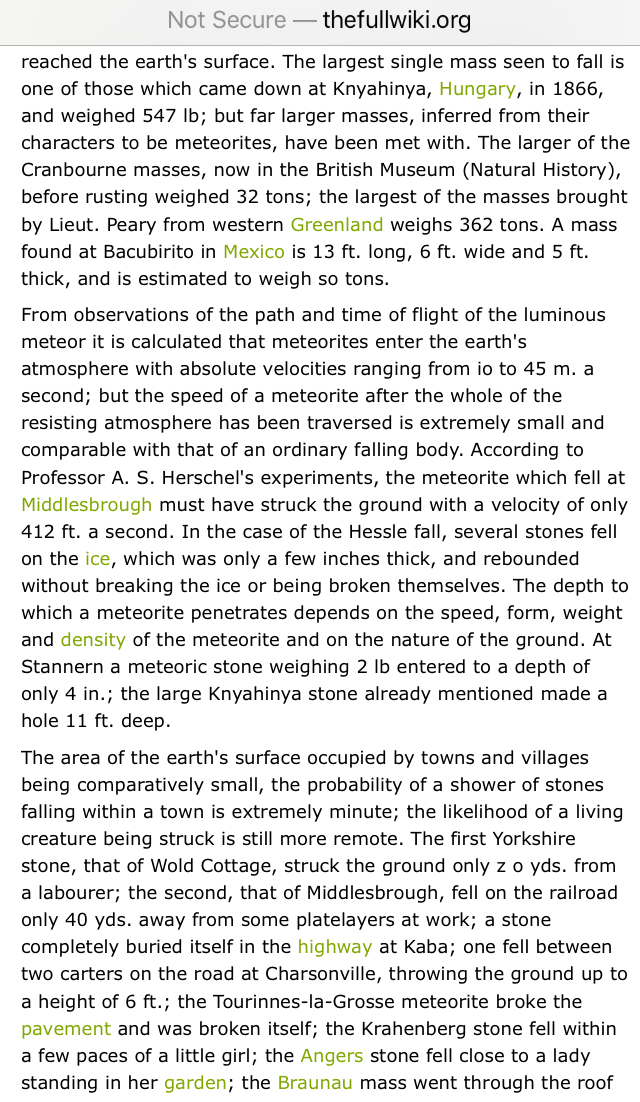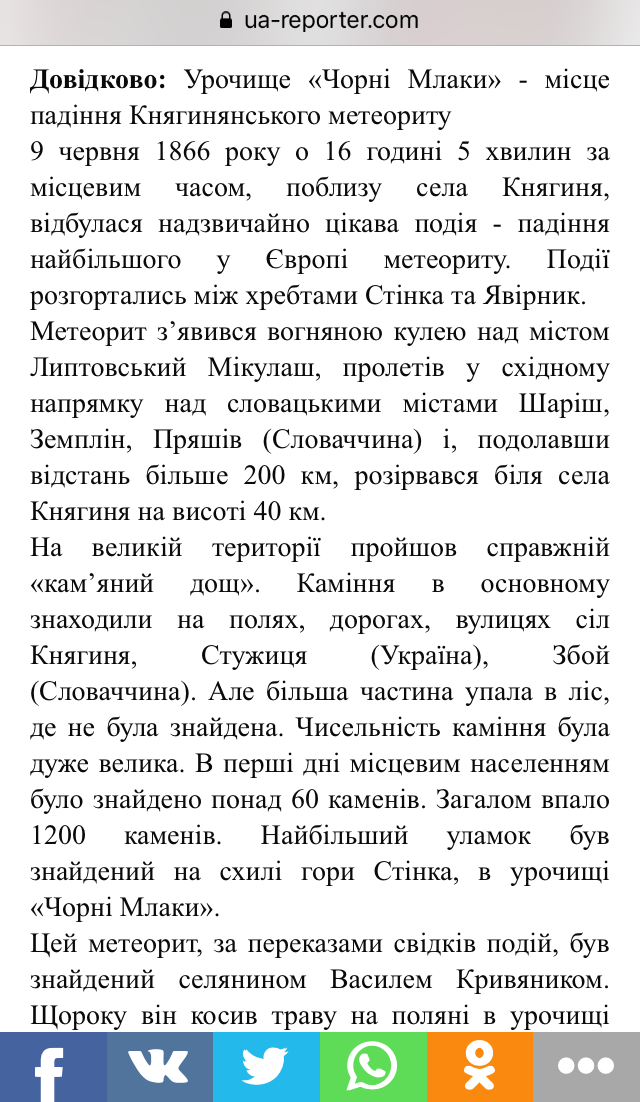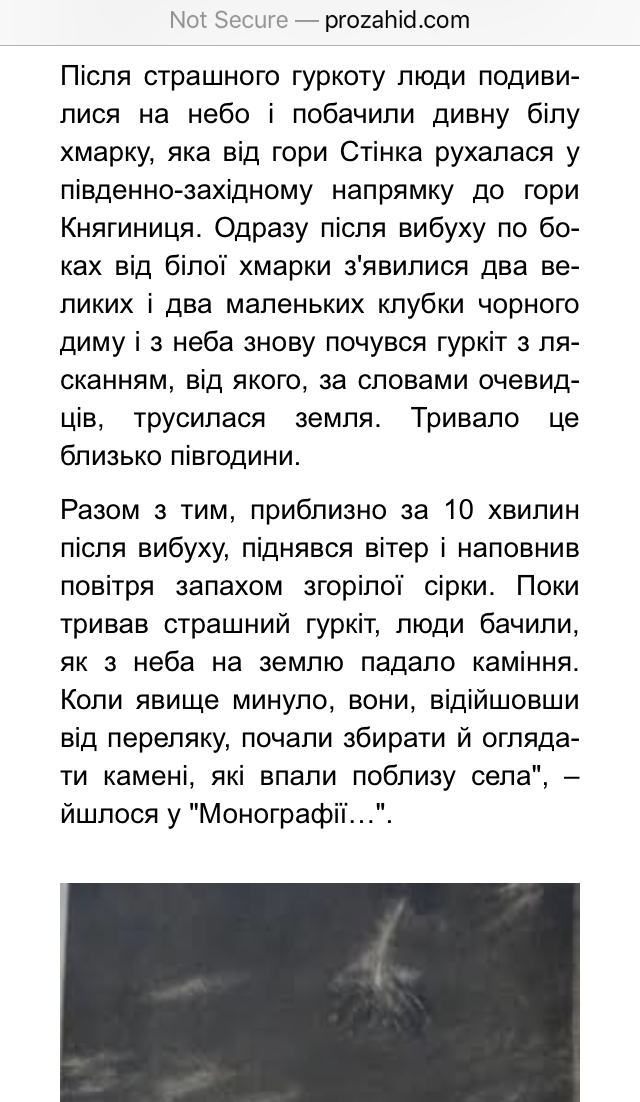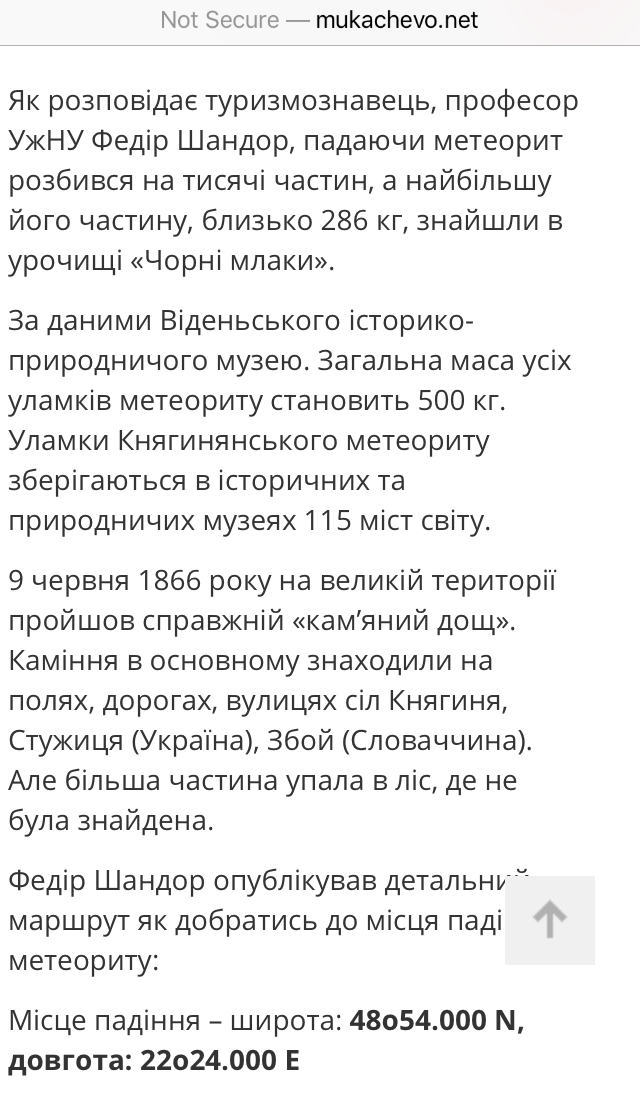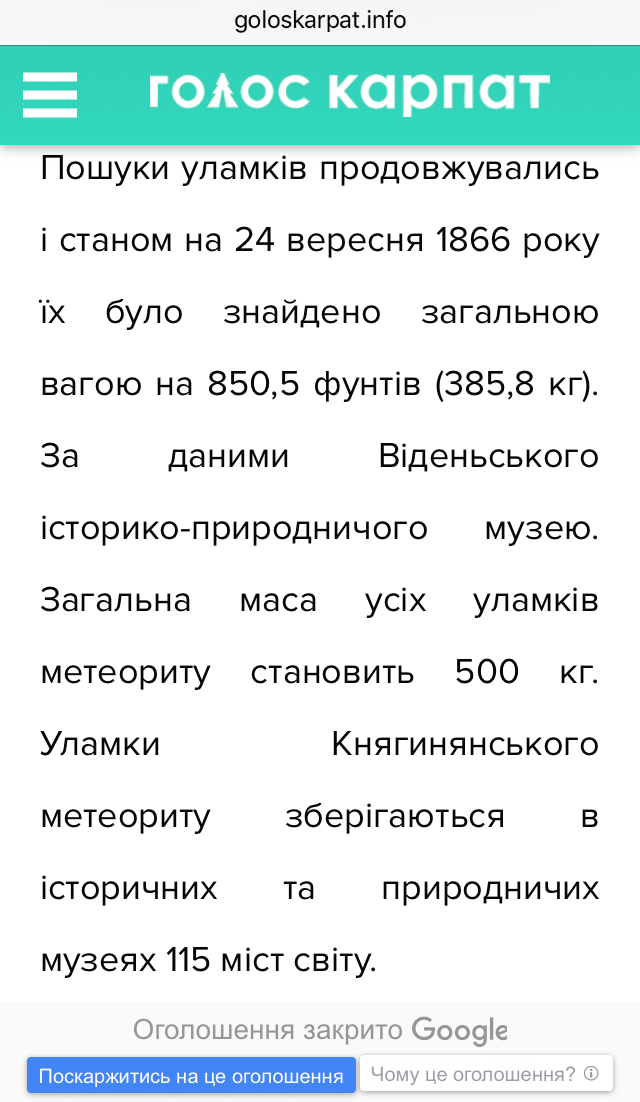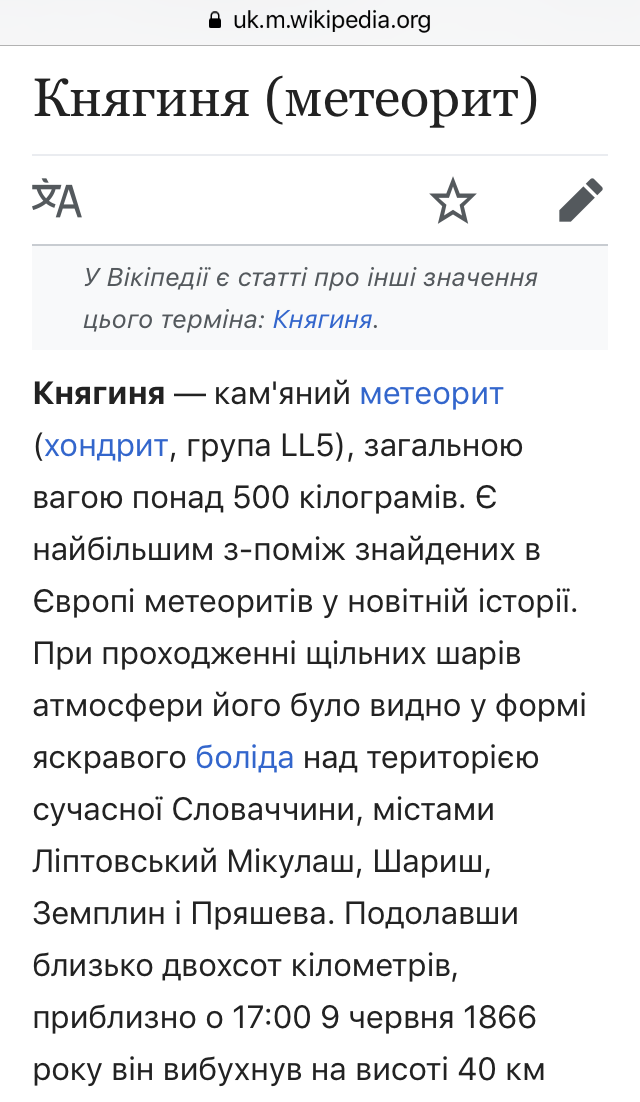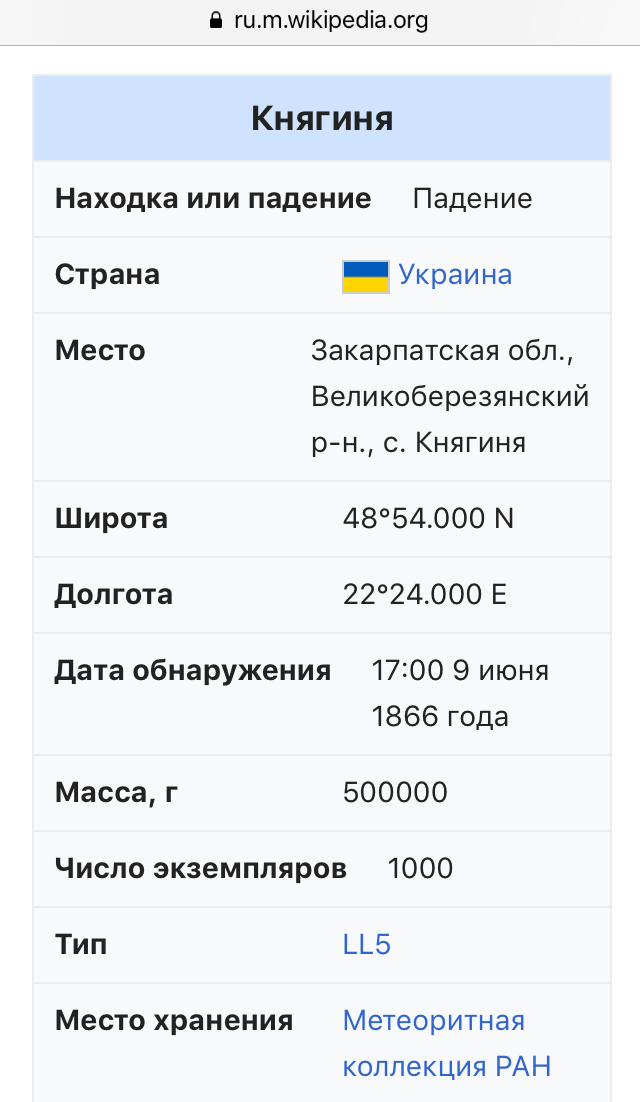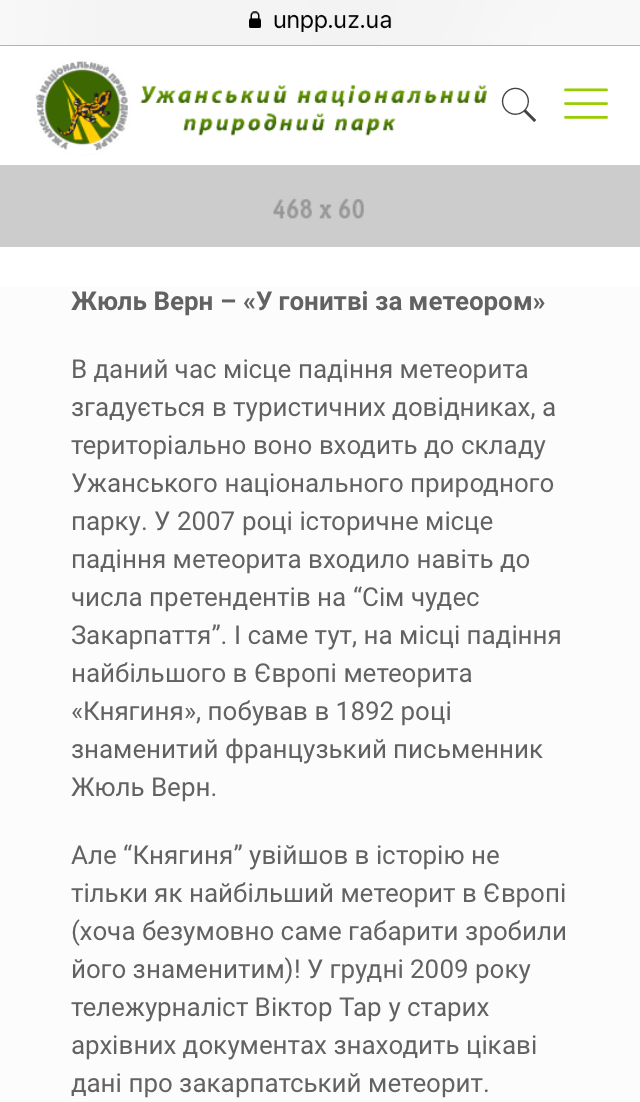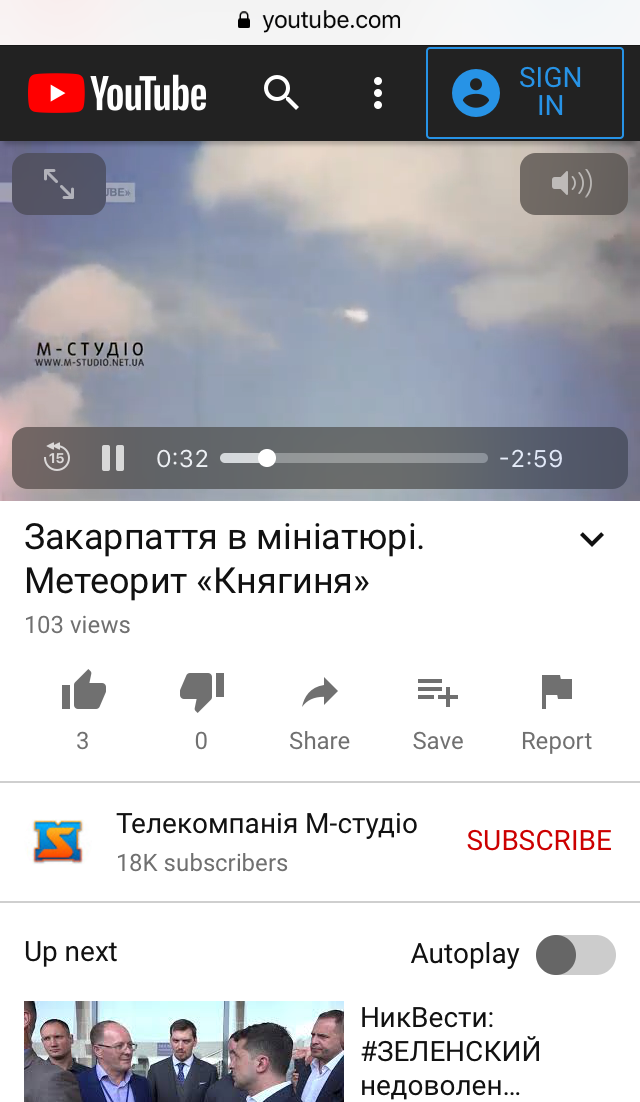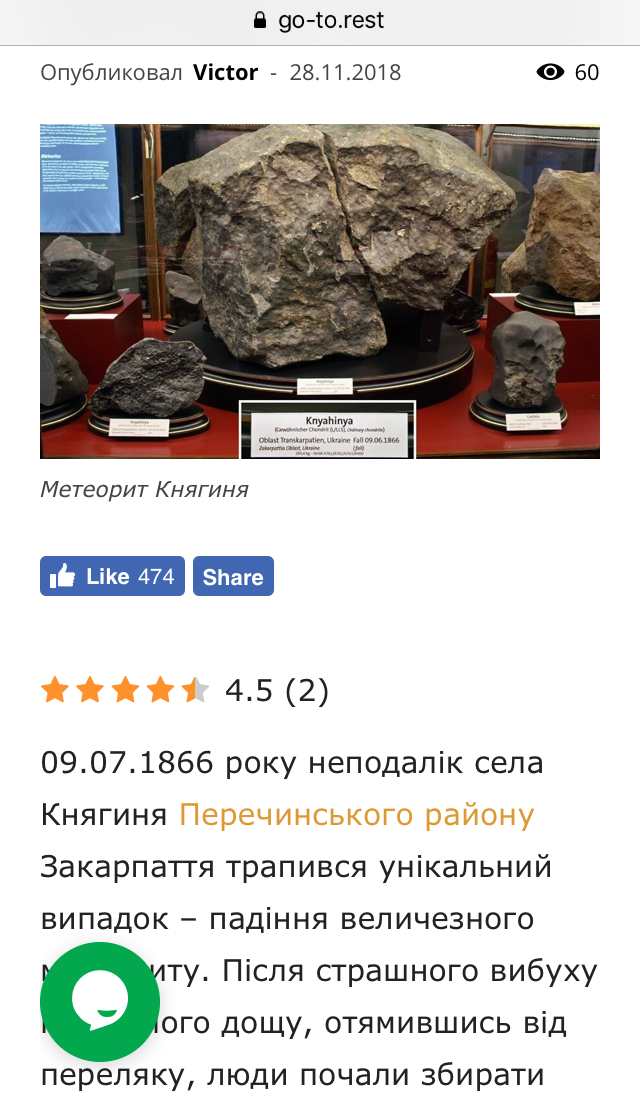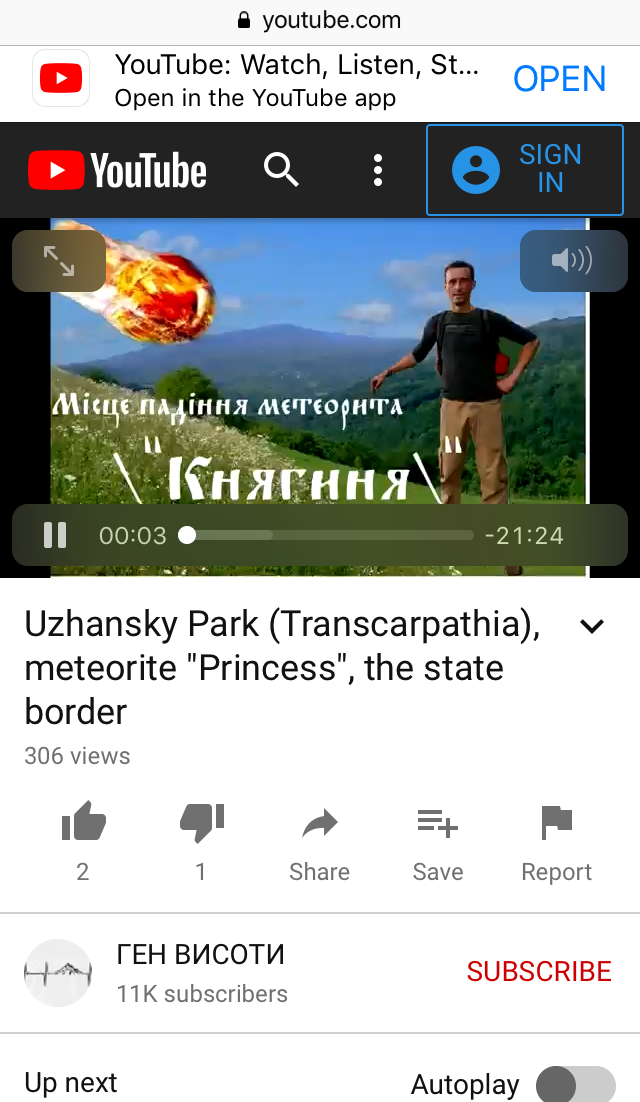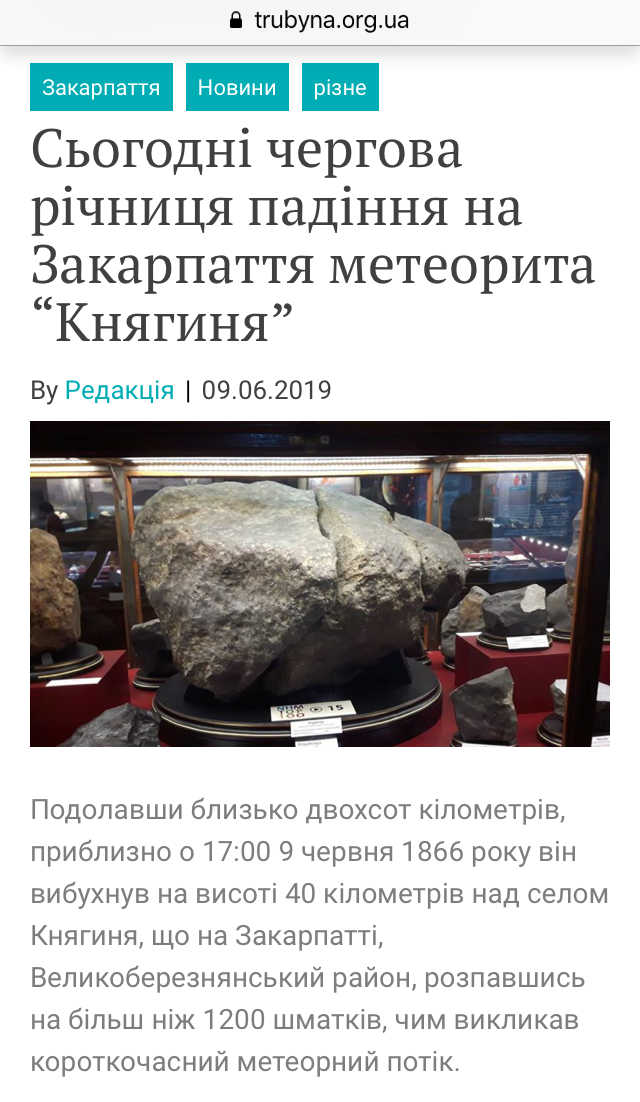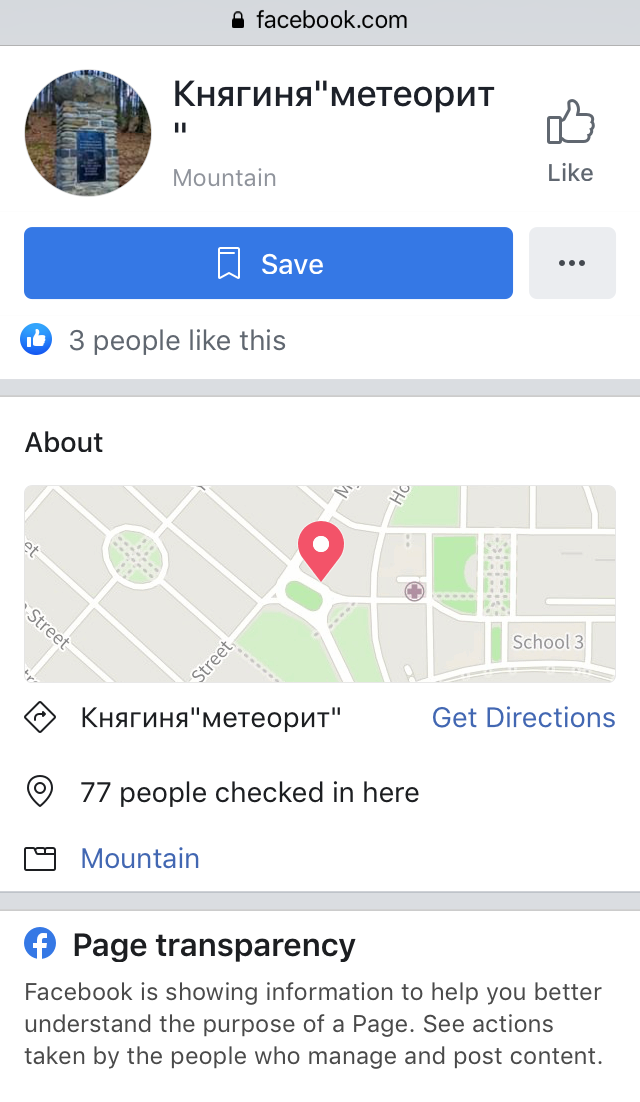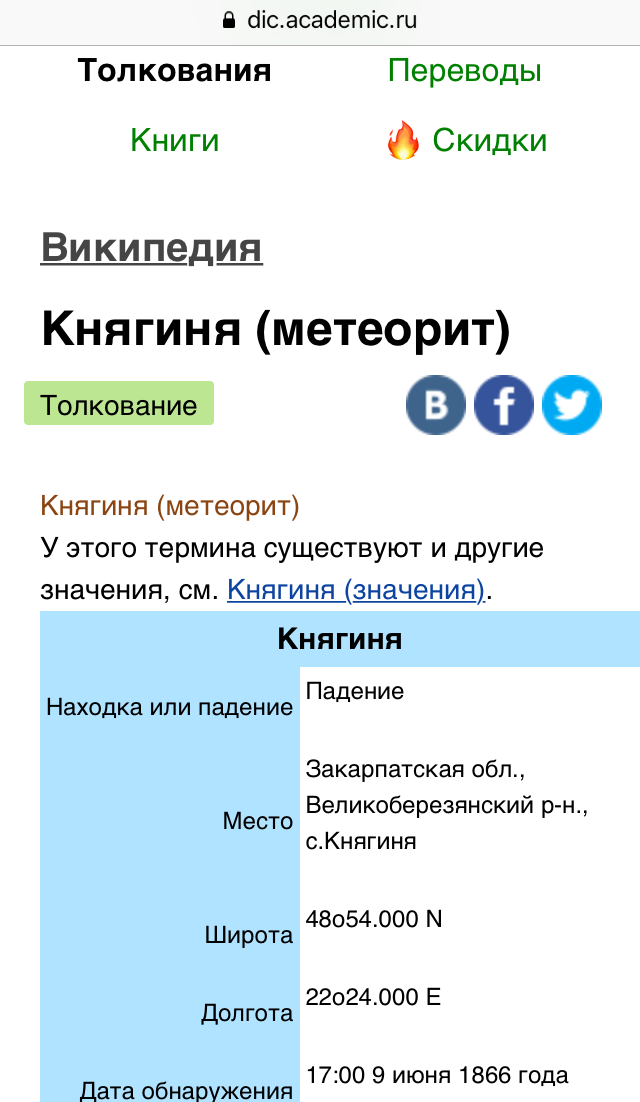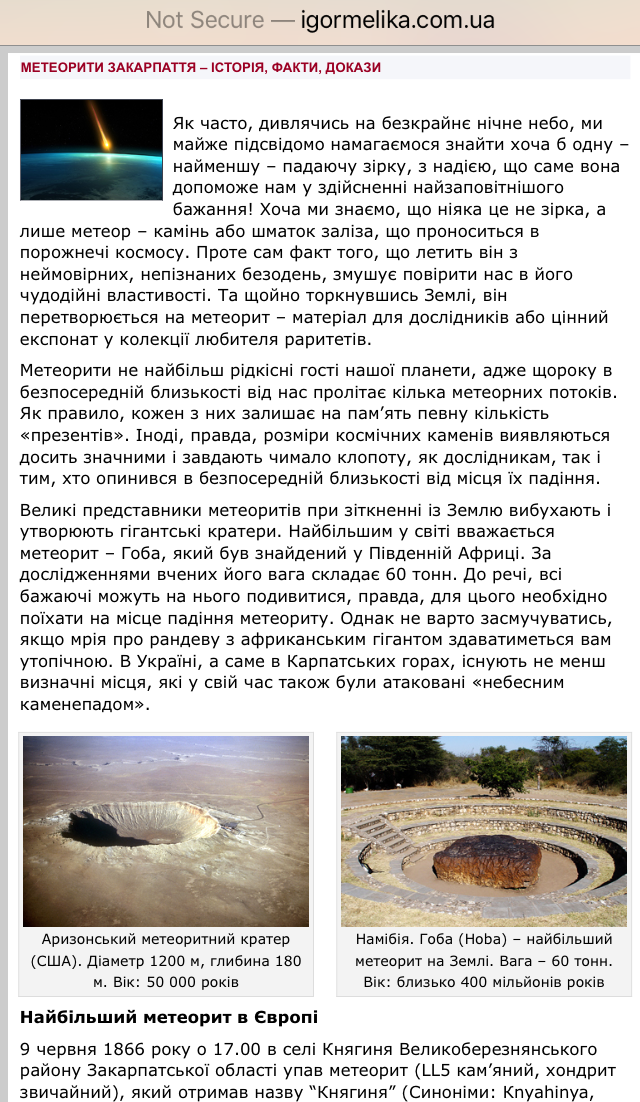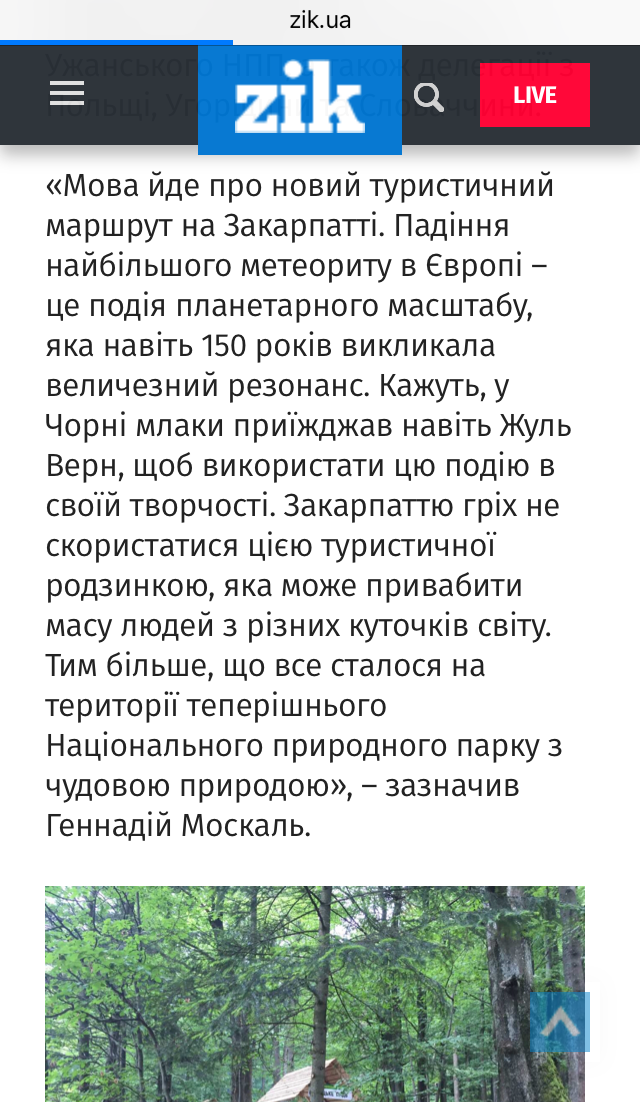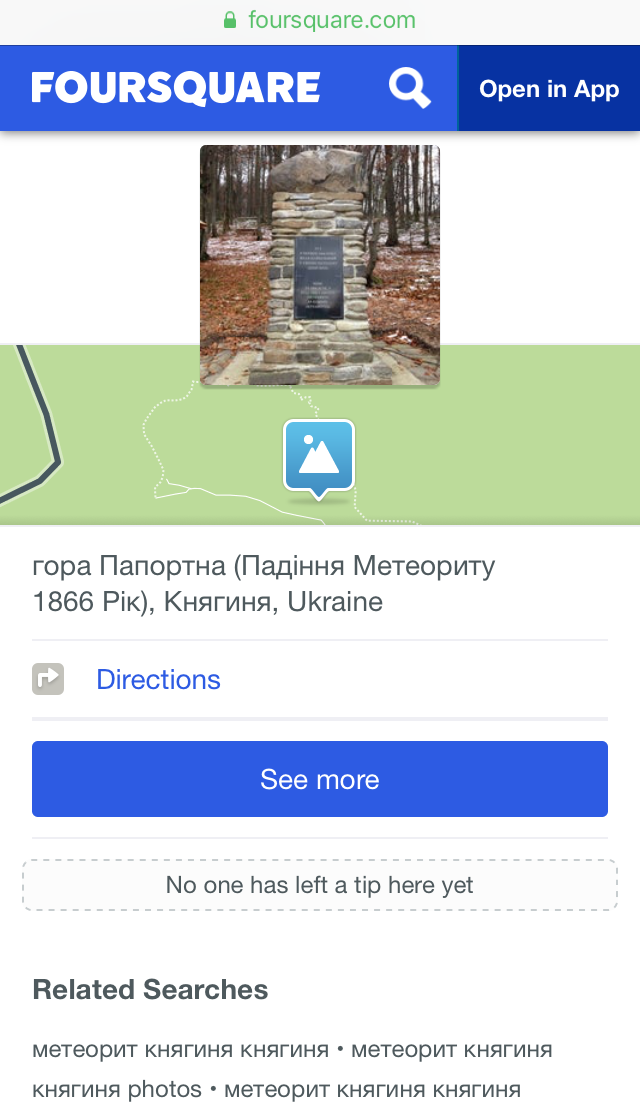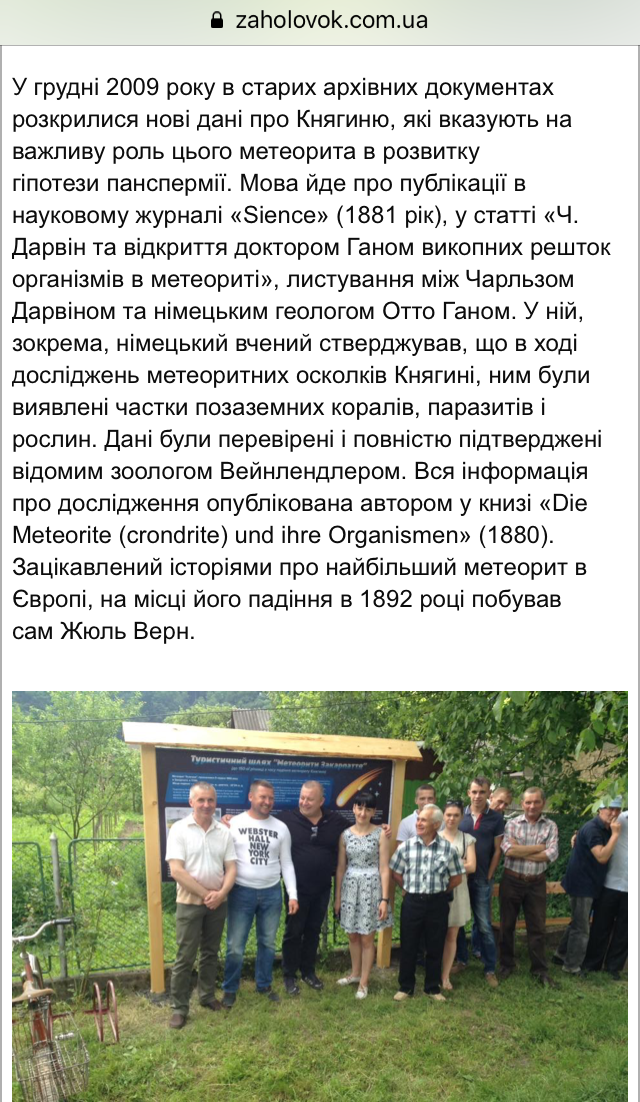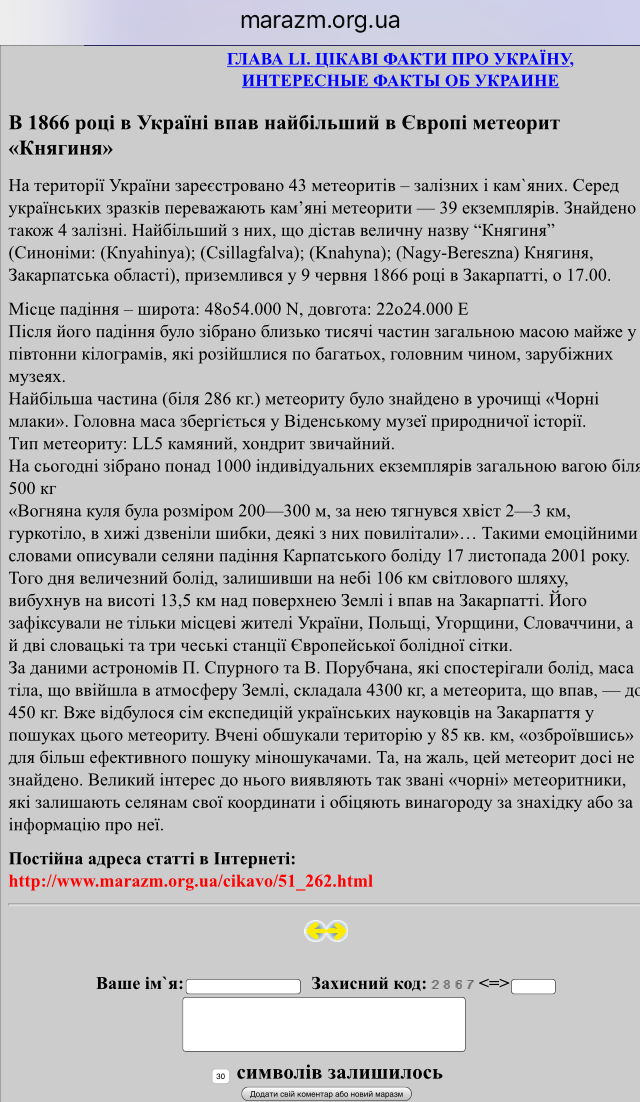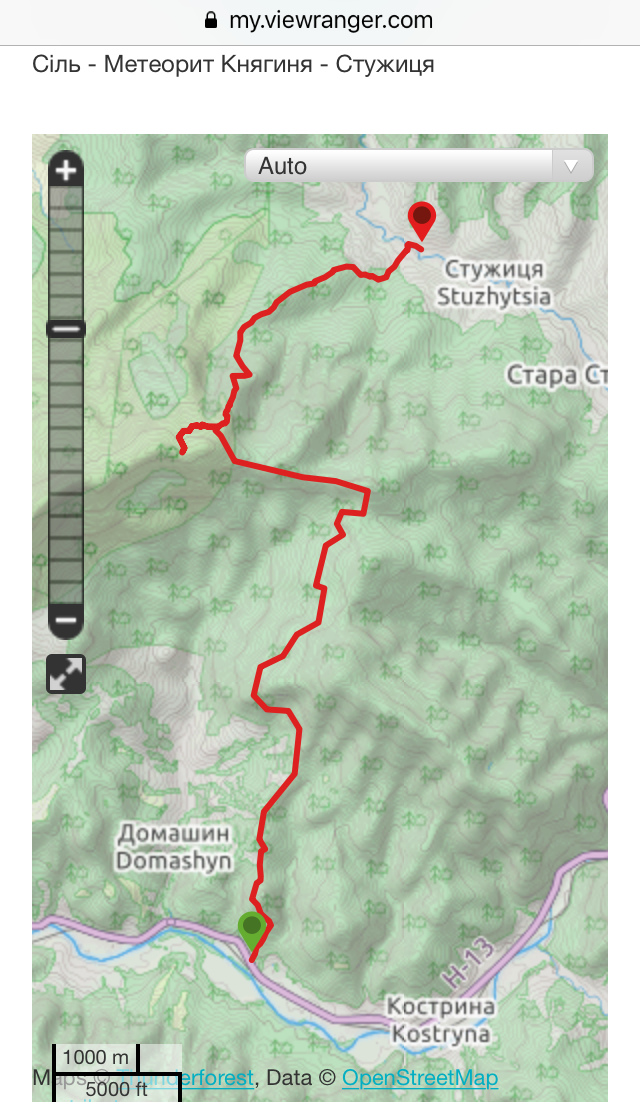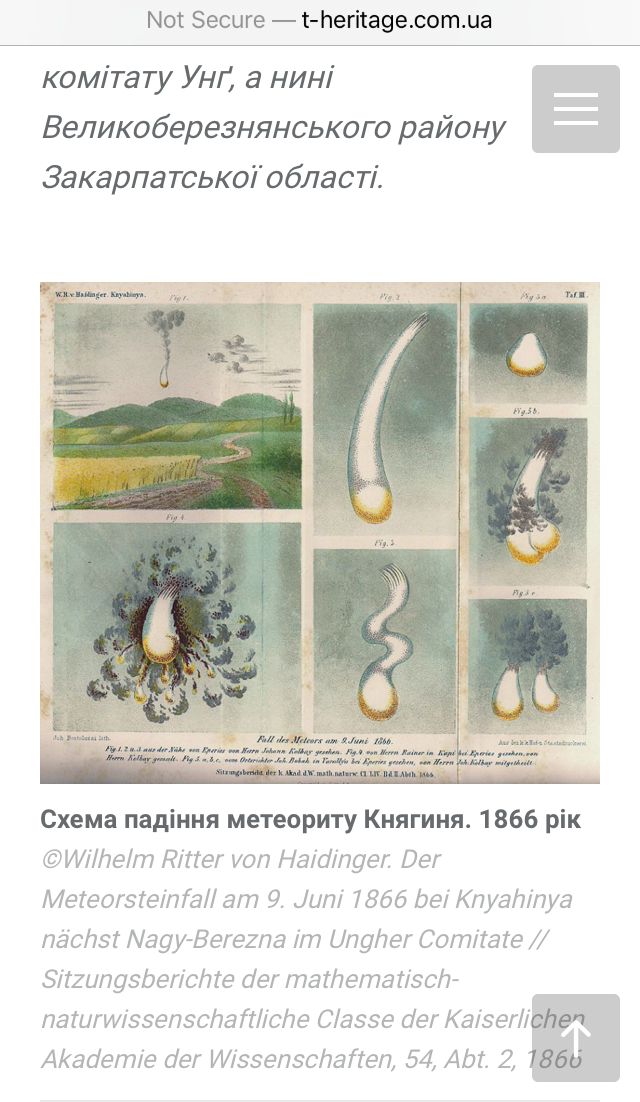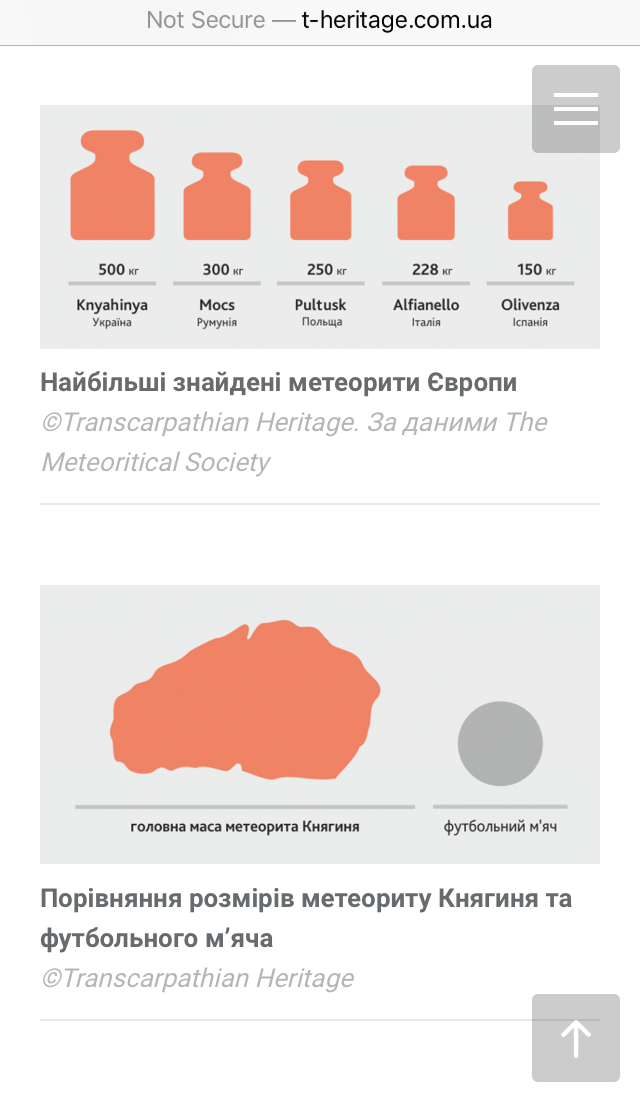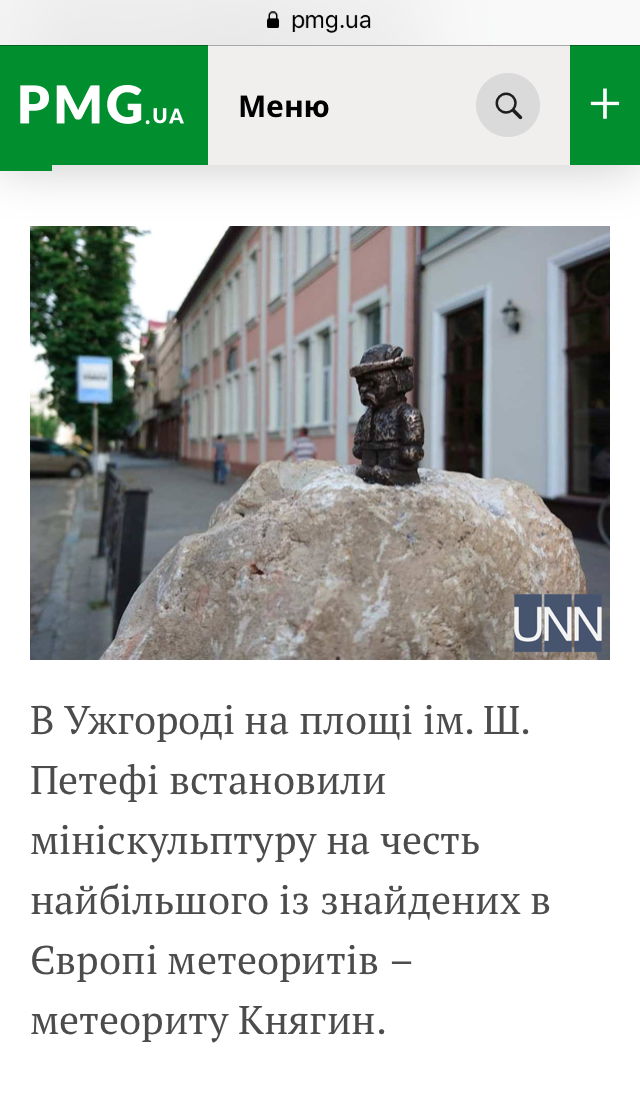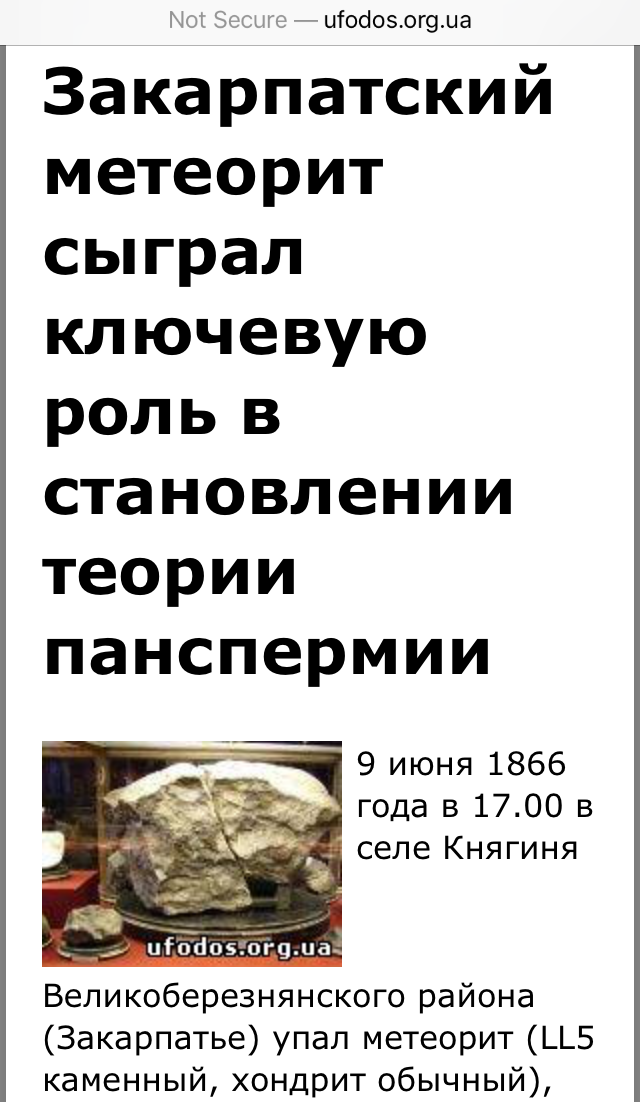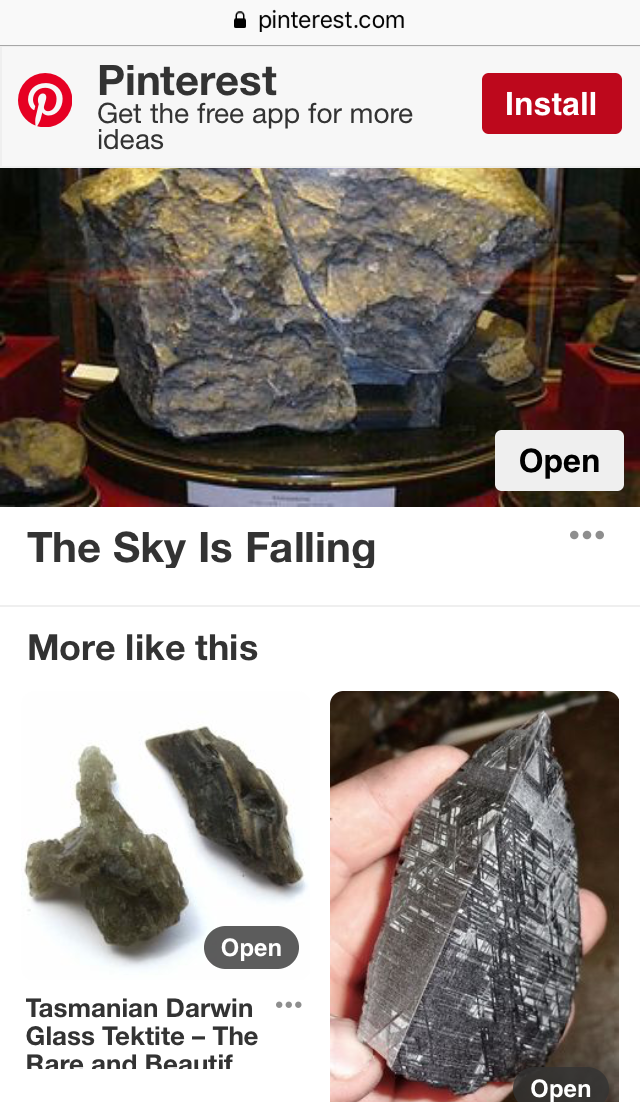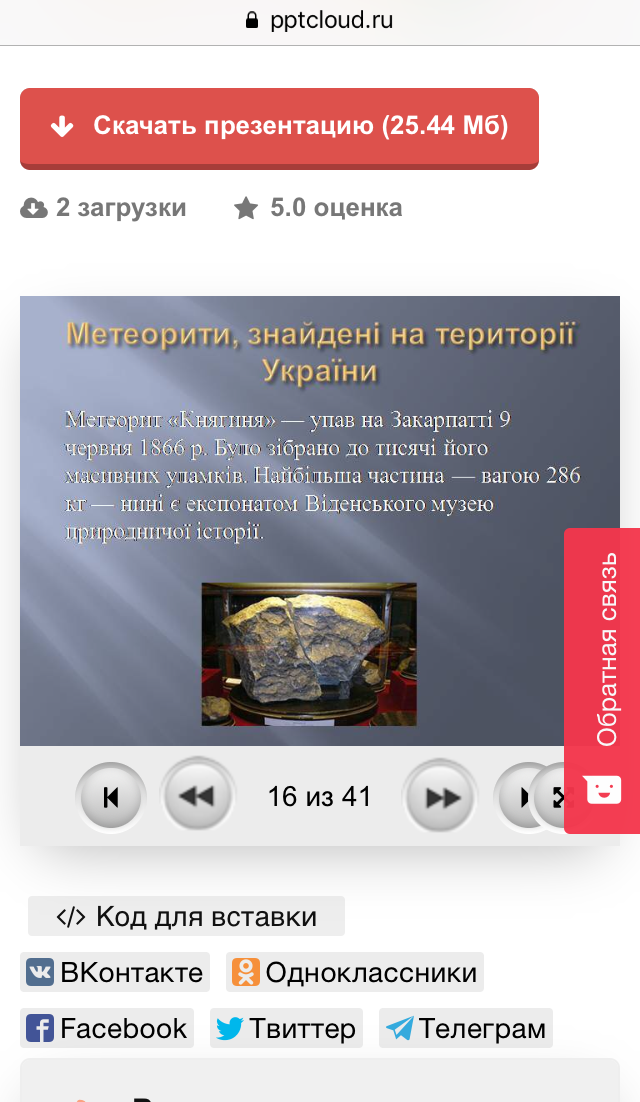K-object by LL Group
25 October 2019 • Teta Tsybulnyk, Elias Parvulesco
2019; 06:40; web video/game
K-object is a working title of the Knyahinya meteorite that fell near the same-named village in Zakarpattia in June 1866. It was included in the collection of the Natural History Museum in Vienna, came to the attention of Jules Verne and Charles Darwin, made an impact on the panspermia hypothesis, and later was recognized as the biggest meteorite in Europe.
Approaching the Knyahinya meteorite, this work aims to explore the possibilities of the alternative view on a superterrestrial object, a view not reduced to language and knowledge. To do so, we conducted three operations:
(I) We relativized the story of the meteoric fall;
(II) We carried out an expedition to the location of the meteorite impact;
(III) We compiled internet sources which mention the meteorite to demonstrate the incompleteness of our perception of nature.
I. Language as a Limit
The object’s impact on Earth, more commonly known as a ‘fall to Earth’ in terms of a dominant species of organisms living on Earth, took place on a clear and windless day of 9 June 1866, at 5 pm local time, according to the Gregorian calendar and before the introduction of a unified time zone system. In accordance with the norms of a dominant species of living organisms, the object was incorporated in cultural and market relations right away: pieces of the meteorite were sold ‘for two oxen,’ that represented a non-dominant species of living organisms, and then resold to Vienna's Imperial Museum. The location of the meteorite impact belonged to the Austro-Hungarian empire at the time, while as of 2019, it’s a part of Ukraine. The group of authors work in Ukraine, use Ukrainian, which is a dominant language on this territory, and English, which is dominant in the world, and are of a dominant species of living organisms. For the sake of conciseness, authors keep from explaining the meanings of all the words used in this relativized narrative and reviewing them as adjusted for andro-, anthropo-, and geocentrism, which is consistent within the declared operation.
II. A Random Landscape
On 10-11 August 2019, authors carried out an expedition to the Chorni Mlaky tract where the meteorite impact took place. The route ran from Kyiv through Uzhgorod, the Sil and Knyahinya villages, up the Stinka mountain. Despite an aura of a tourist attraction, getting to the location was difficult and took quite a while. The location’s remoteness and inaccessibility and the landscape’s randomness and wildness expressed its actual timeless existence, contrary to a popularized narrative which distinguished this place under the strategy of the region’s cultural development.
III. Virtual Space
This work includes the video from the location of the meteorite impact and a compilation of the existing means of the object’s web archiving. The video shows a landscape by way of an online game’s interface. The means of web archiving are represented as the screenshots of web pages collected on the Safari browser on iPhone throughout August 2019.
The group of authors carried out a technical selection of the means of archiving among the top 50 responses to search requests ‘Knyahinya meteorite’ and ‘Княгиня метеорит’ in DuckDuckGo, Bing, Yahoo!, Google, following the principle of non-repetition and choosing the angle of shots. Authors didn’t mean to collect all possible mentions of the object K but aimed to illustrate informational deformations around its representation and incompleteness of any sum of narratives.
